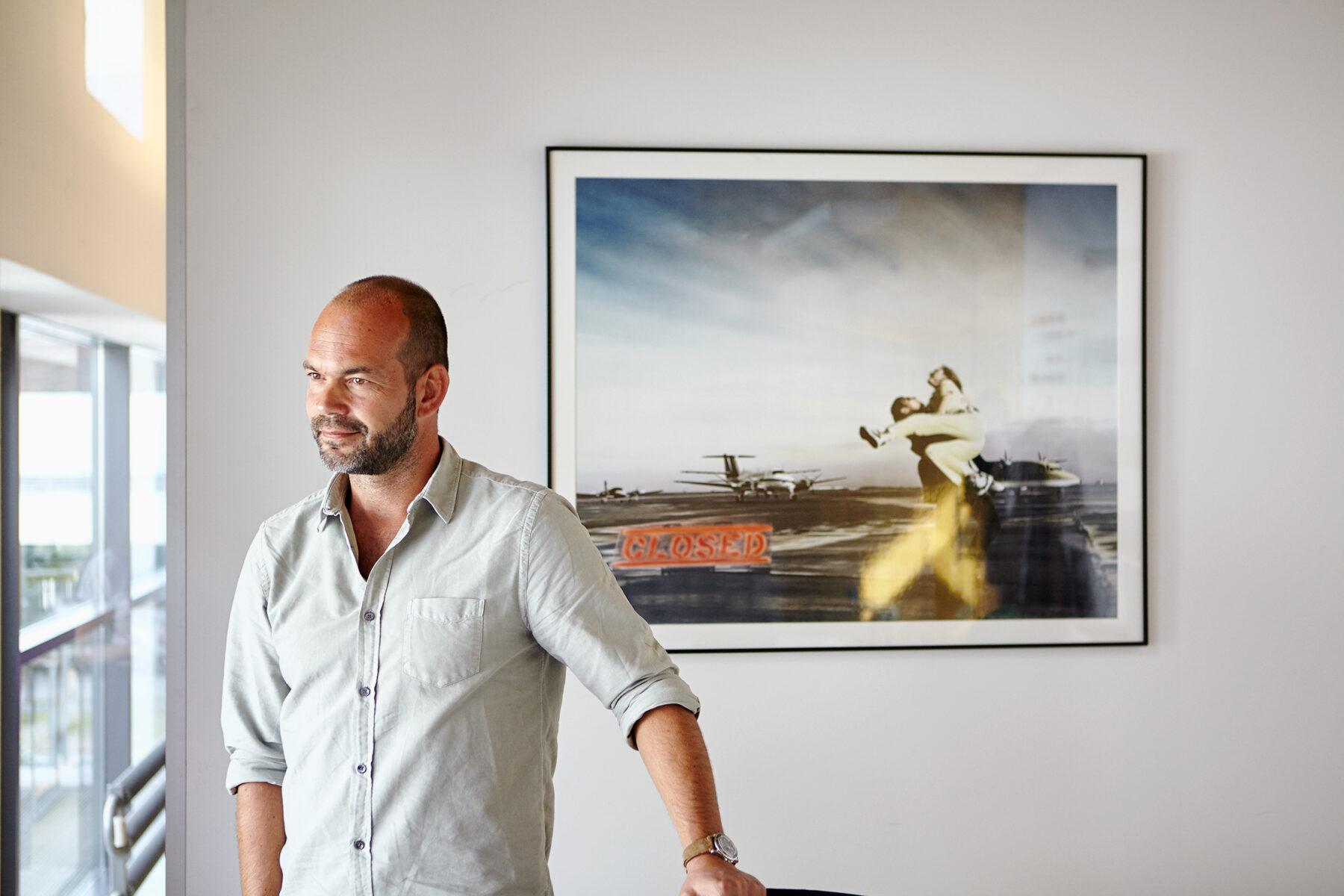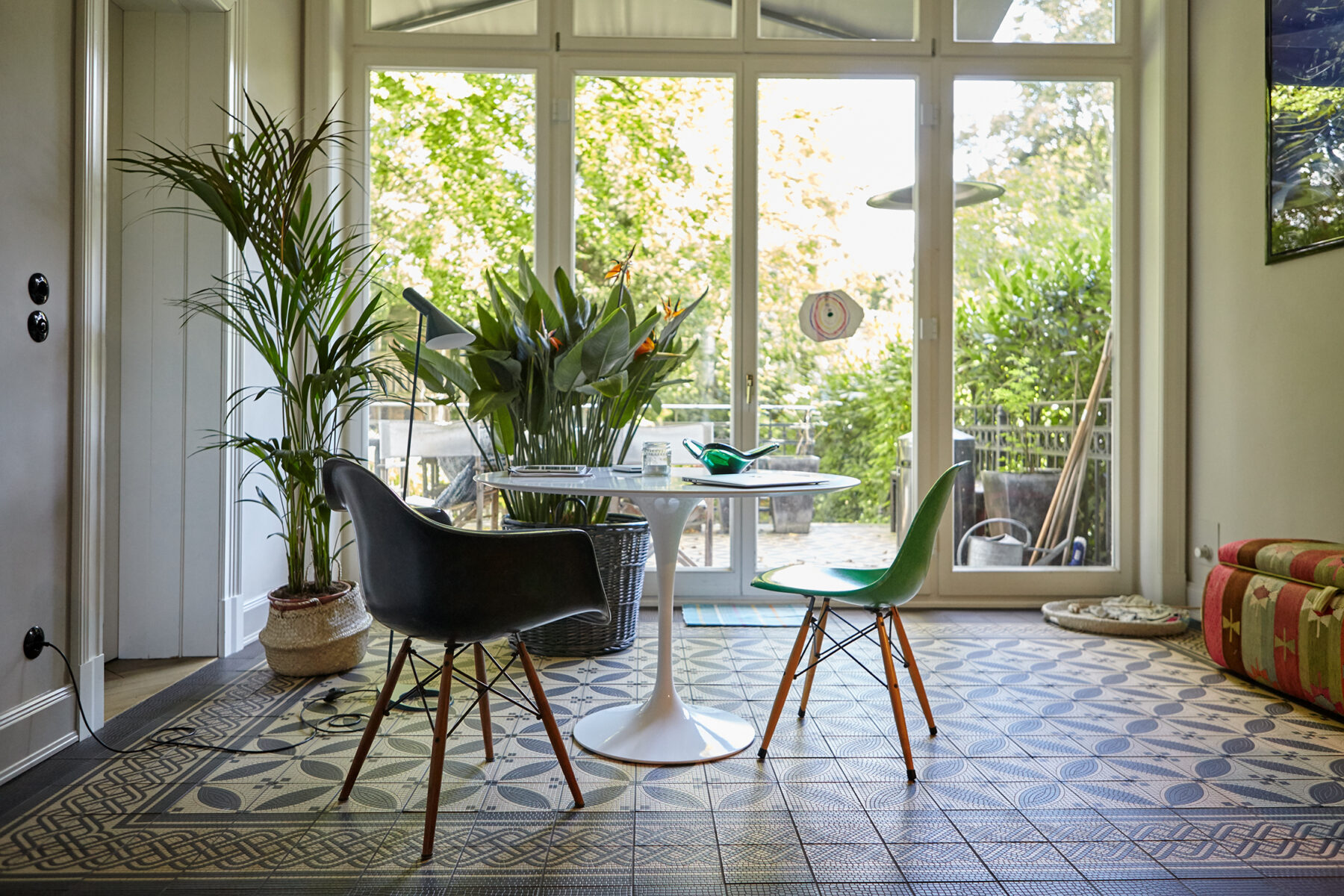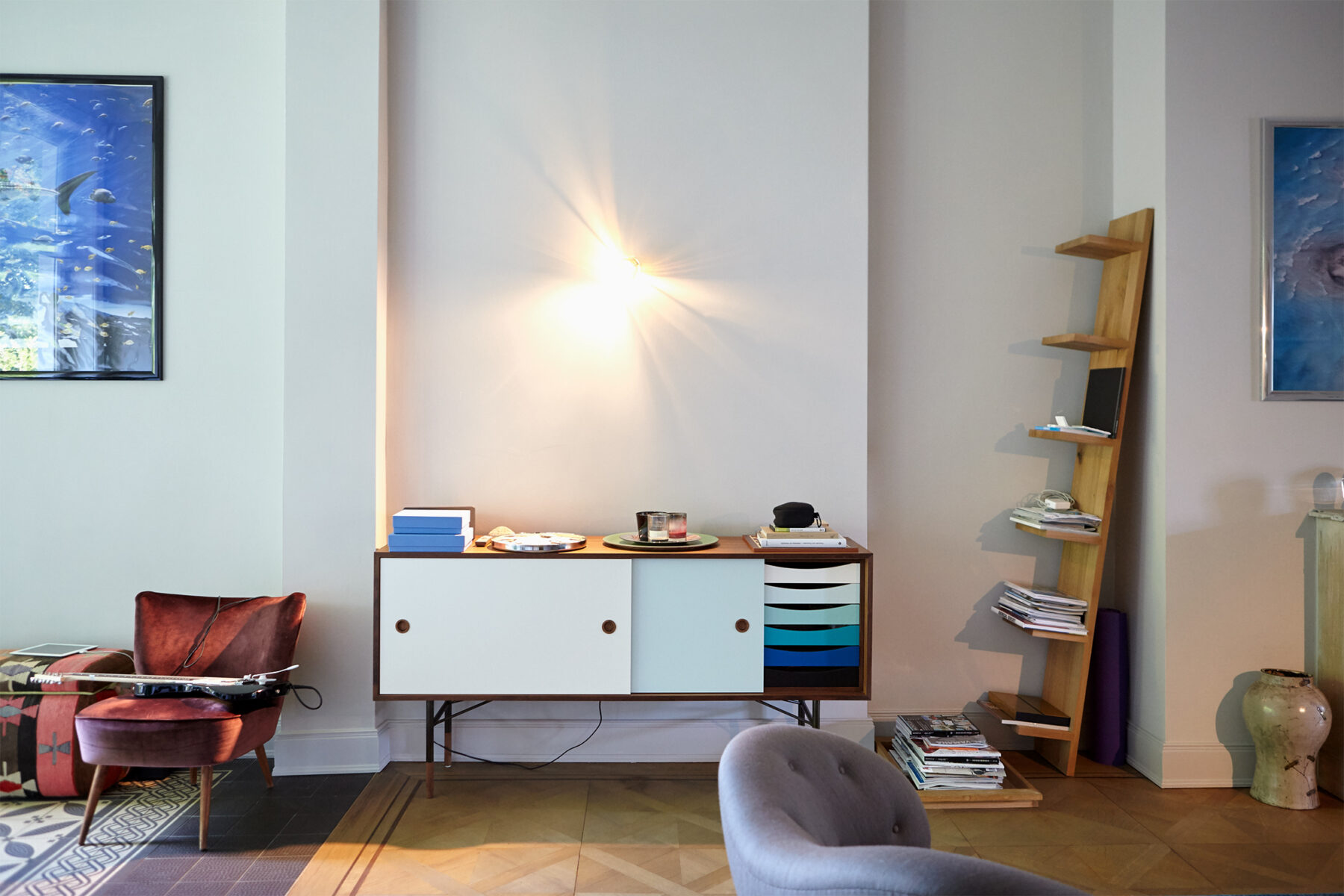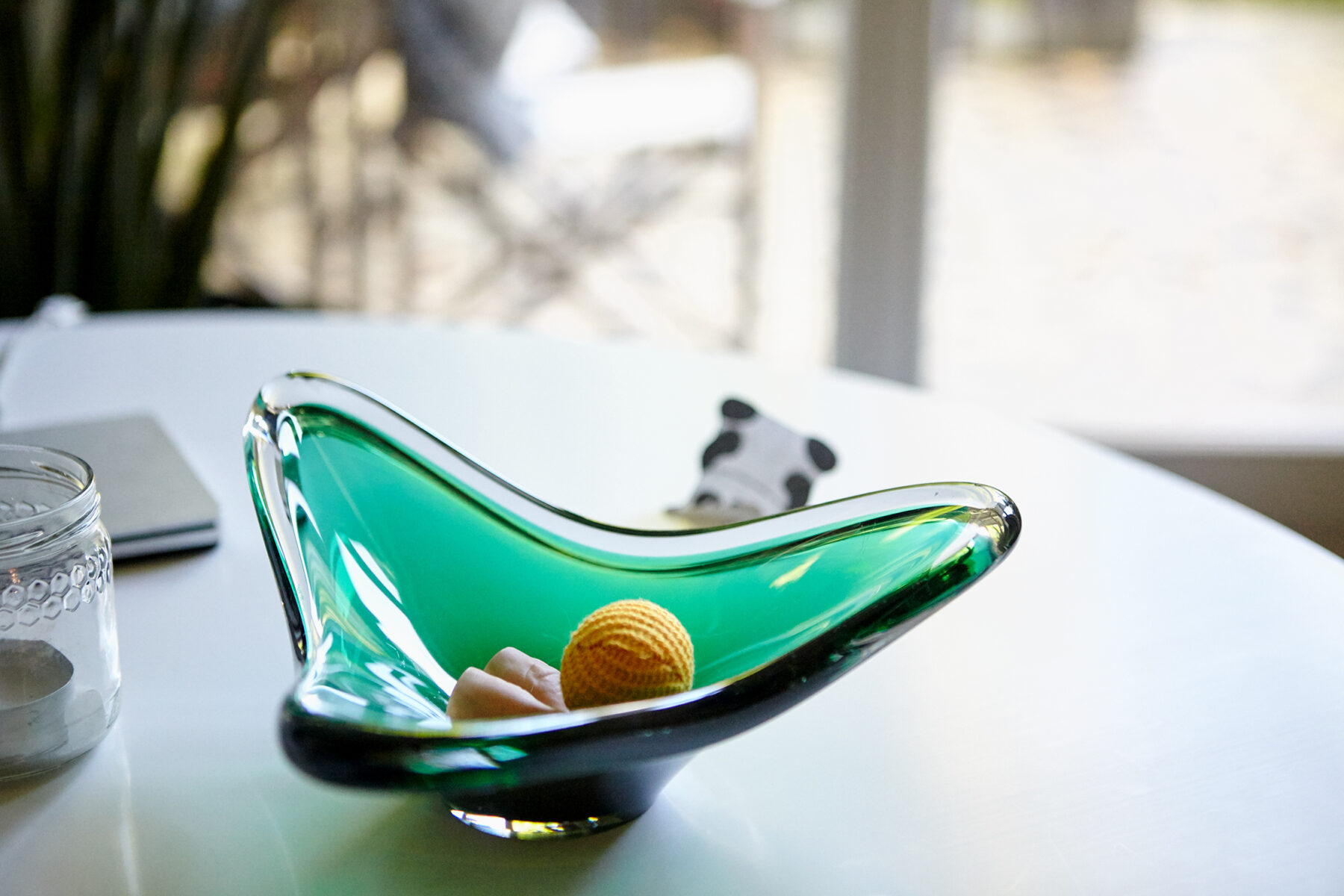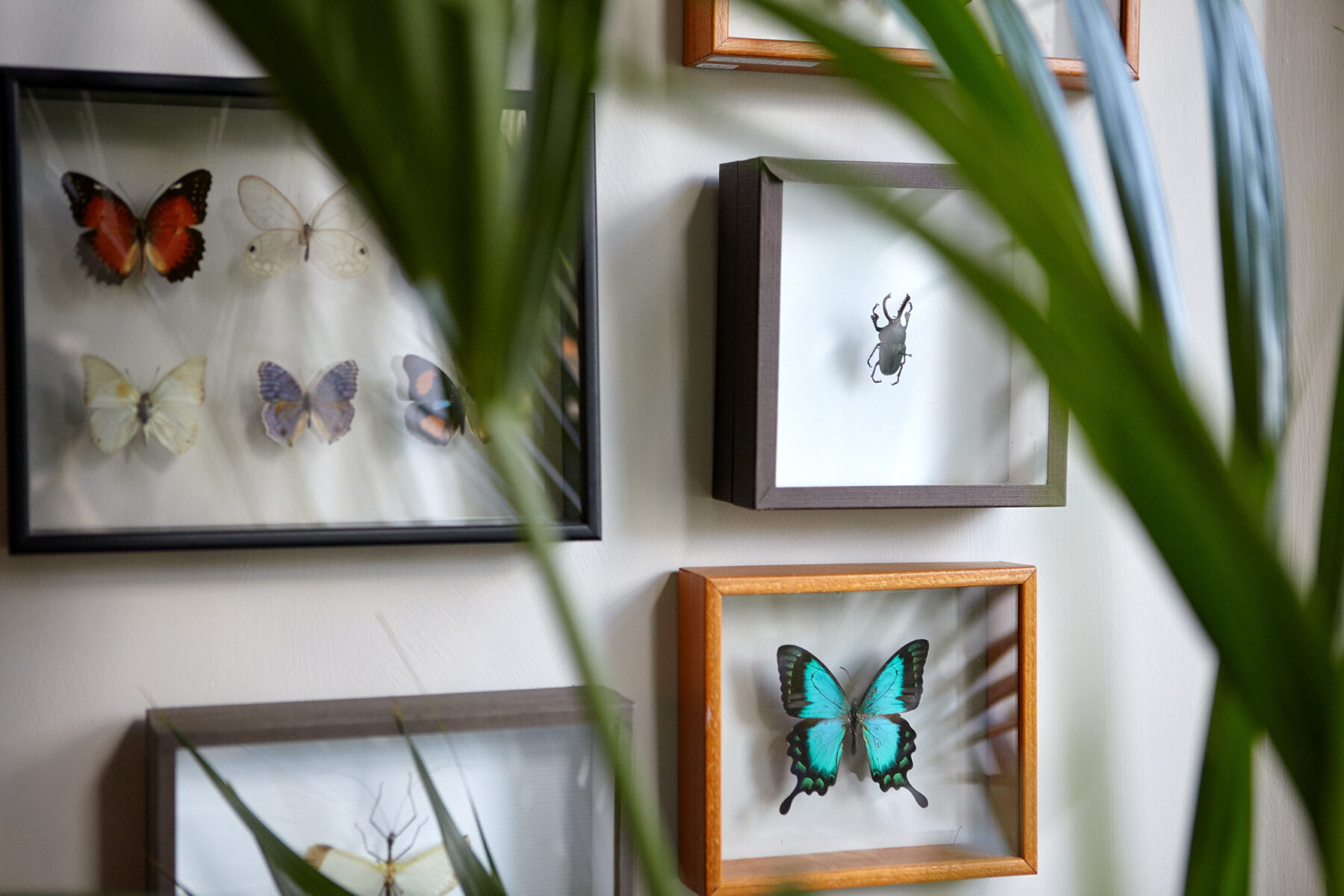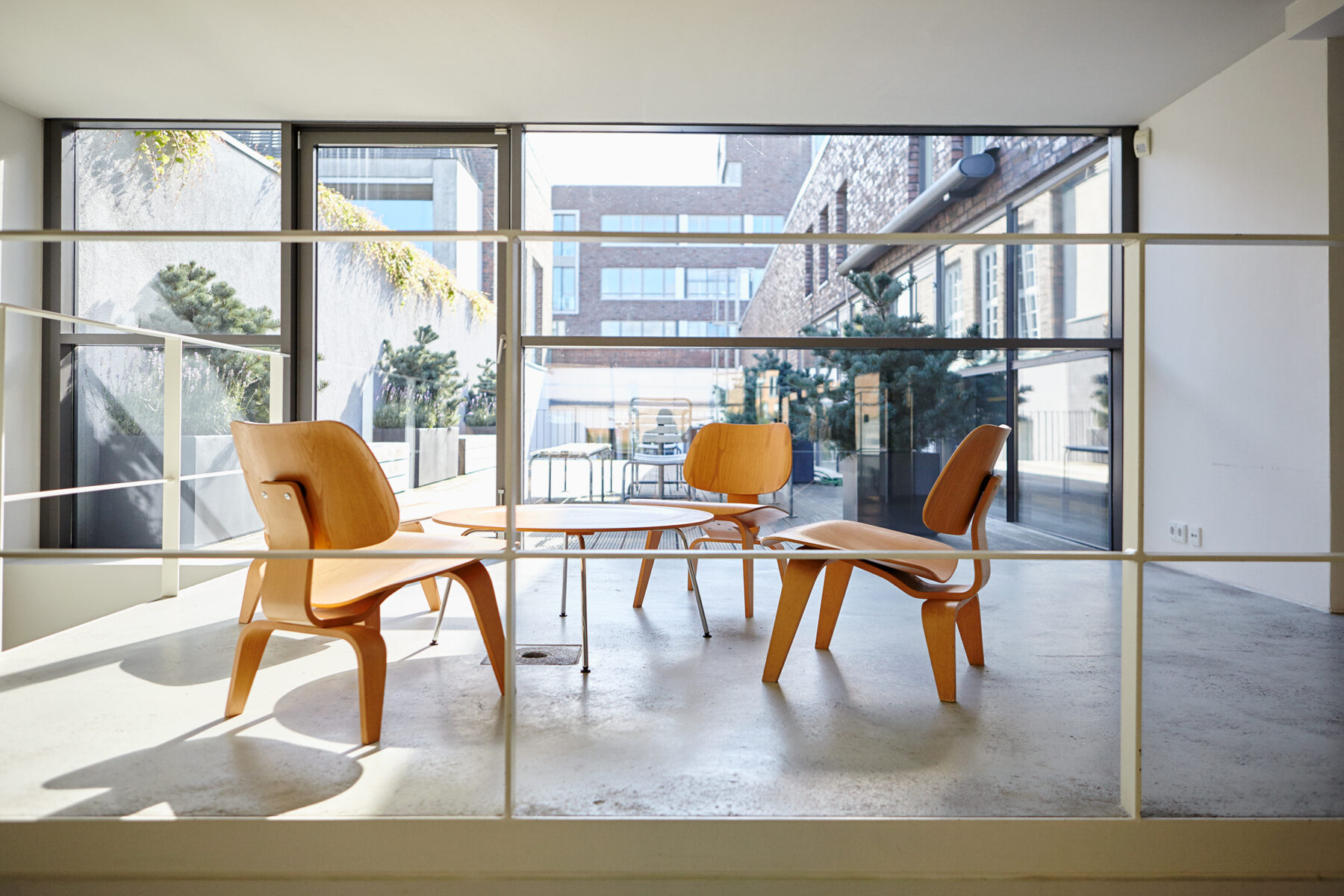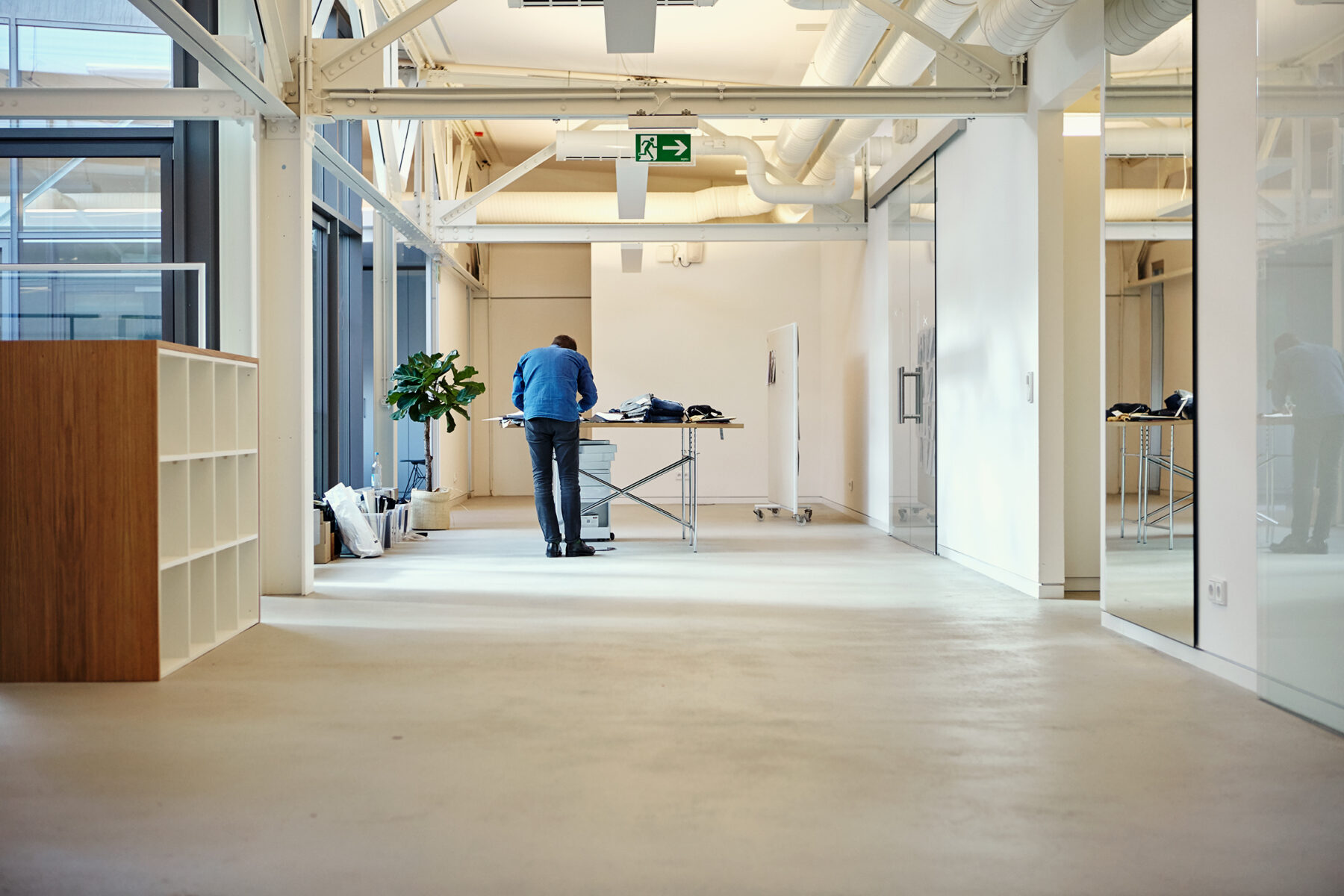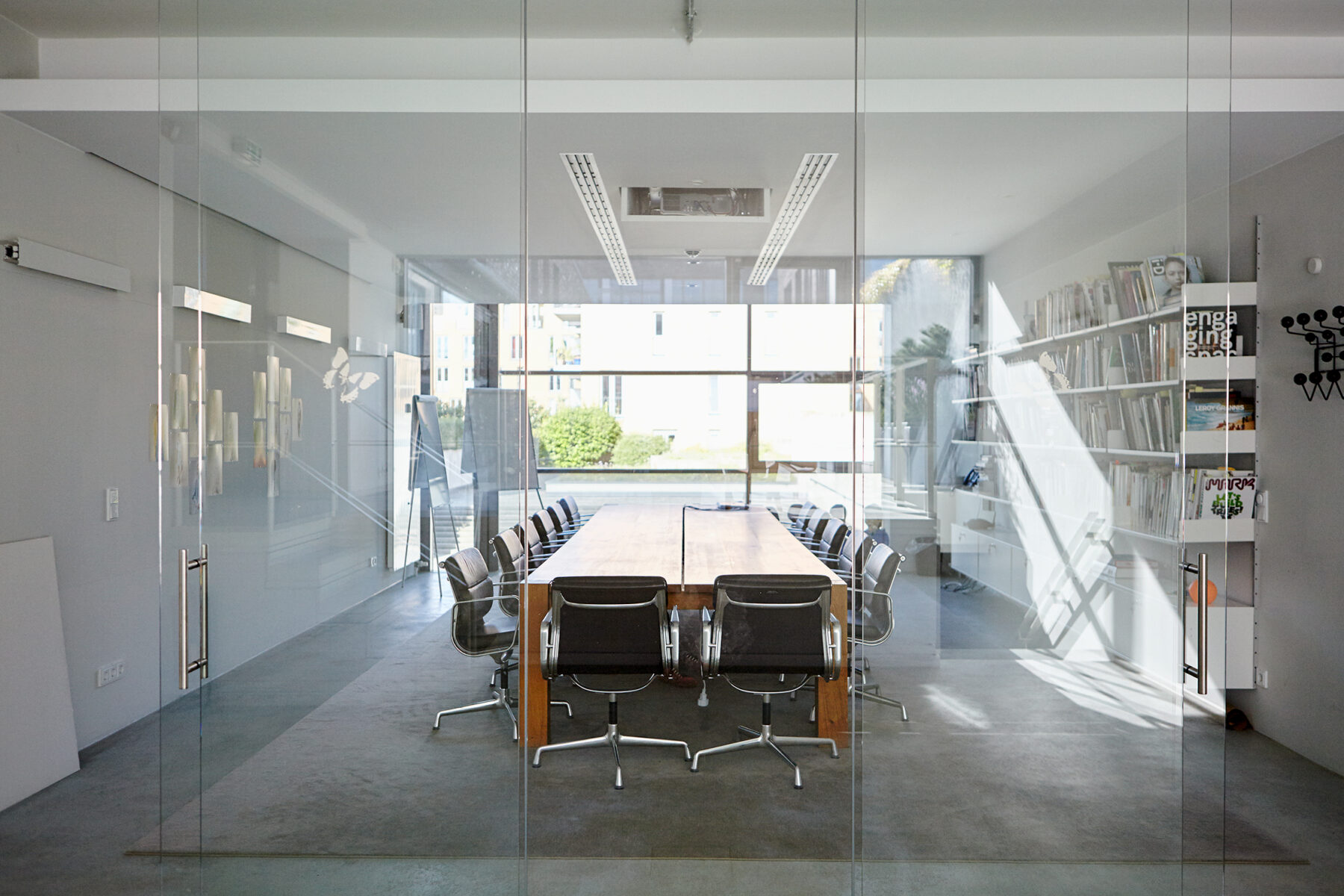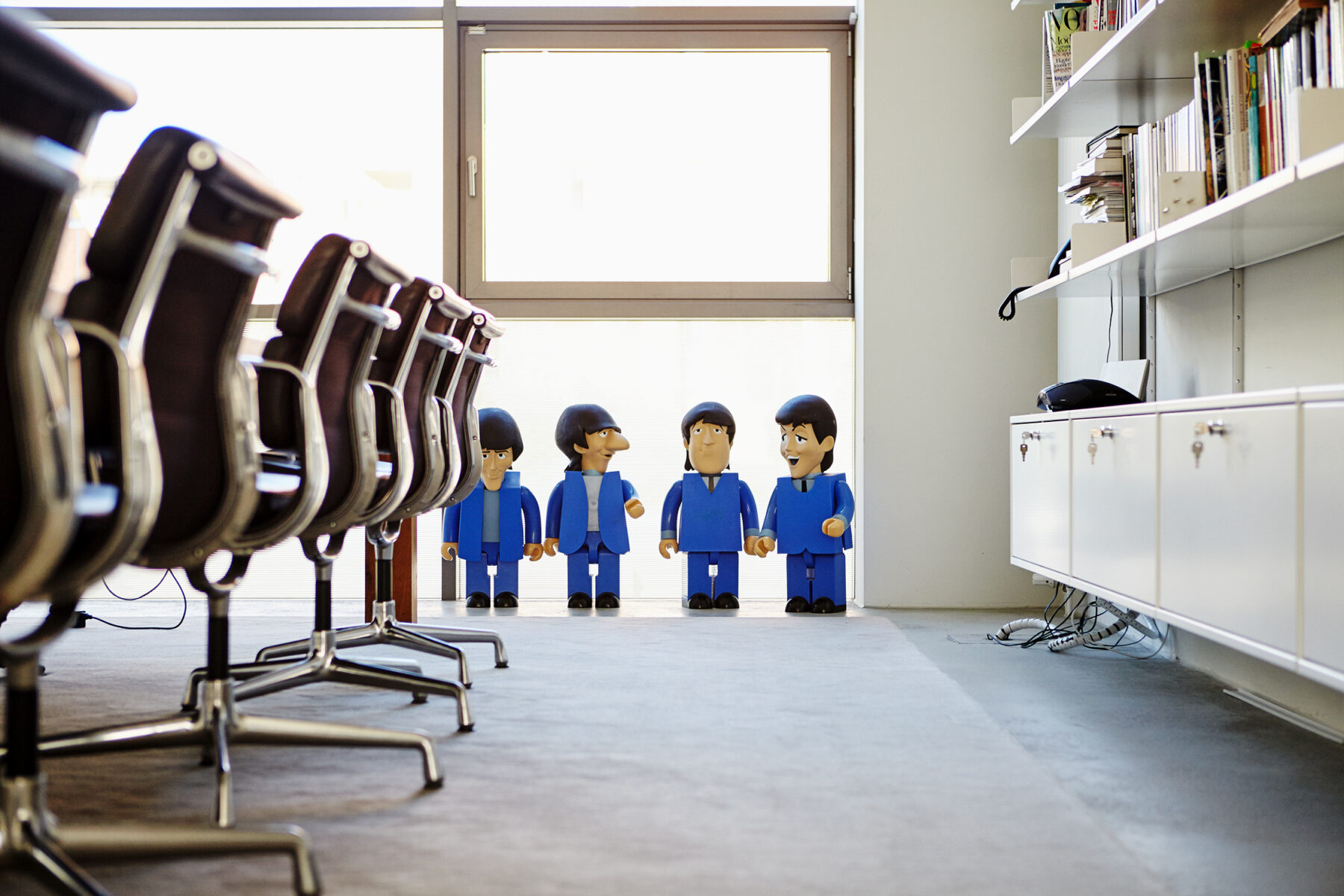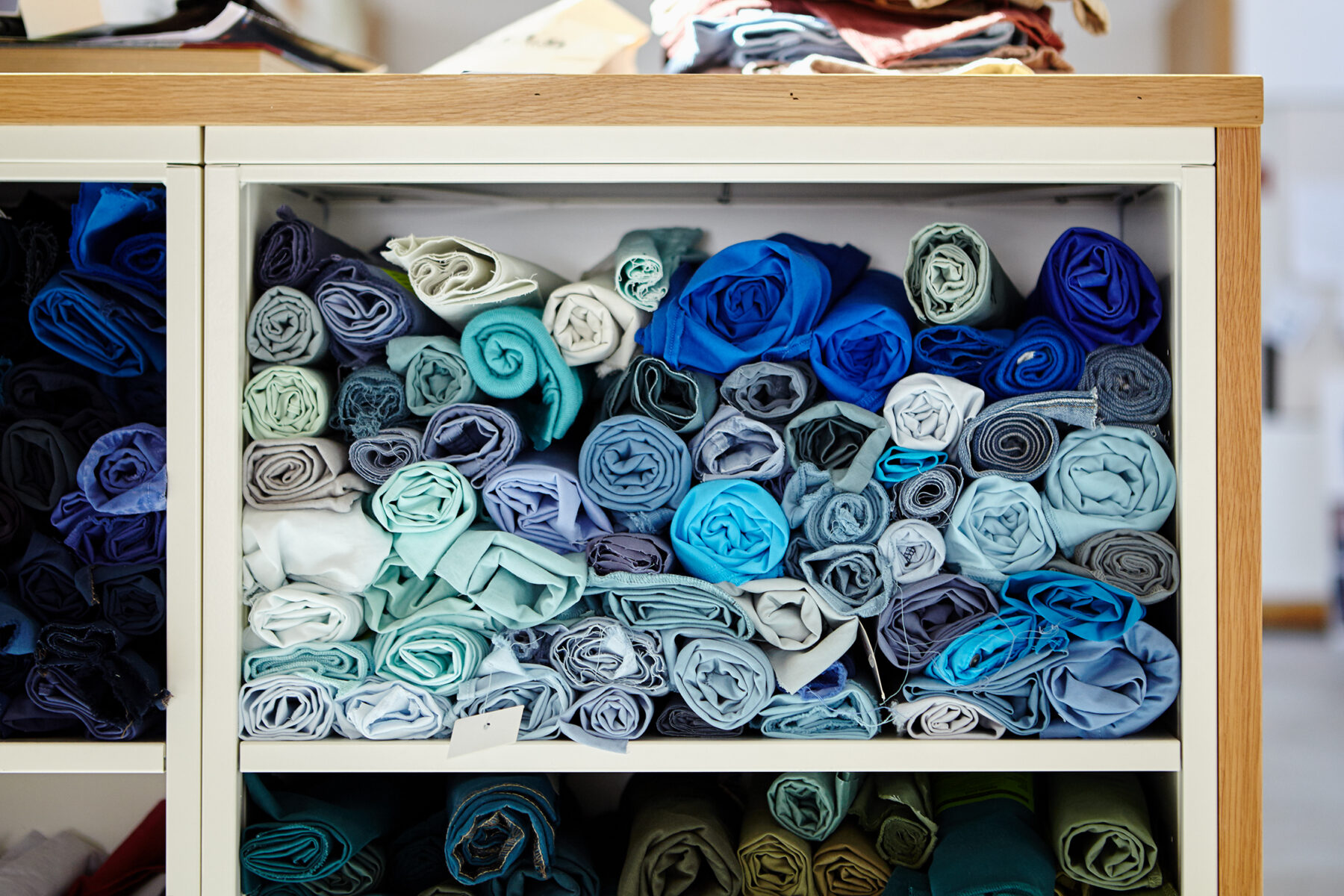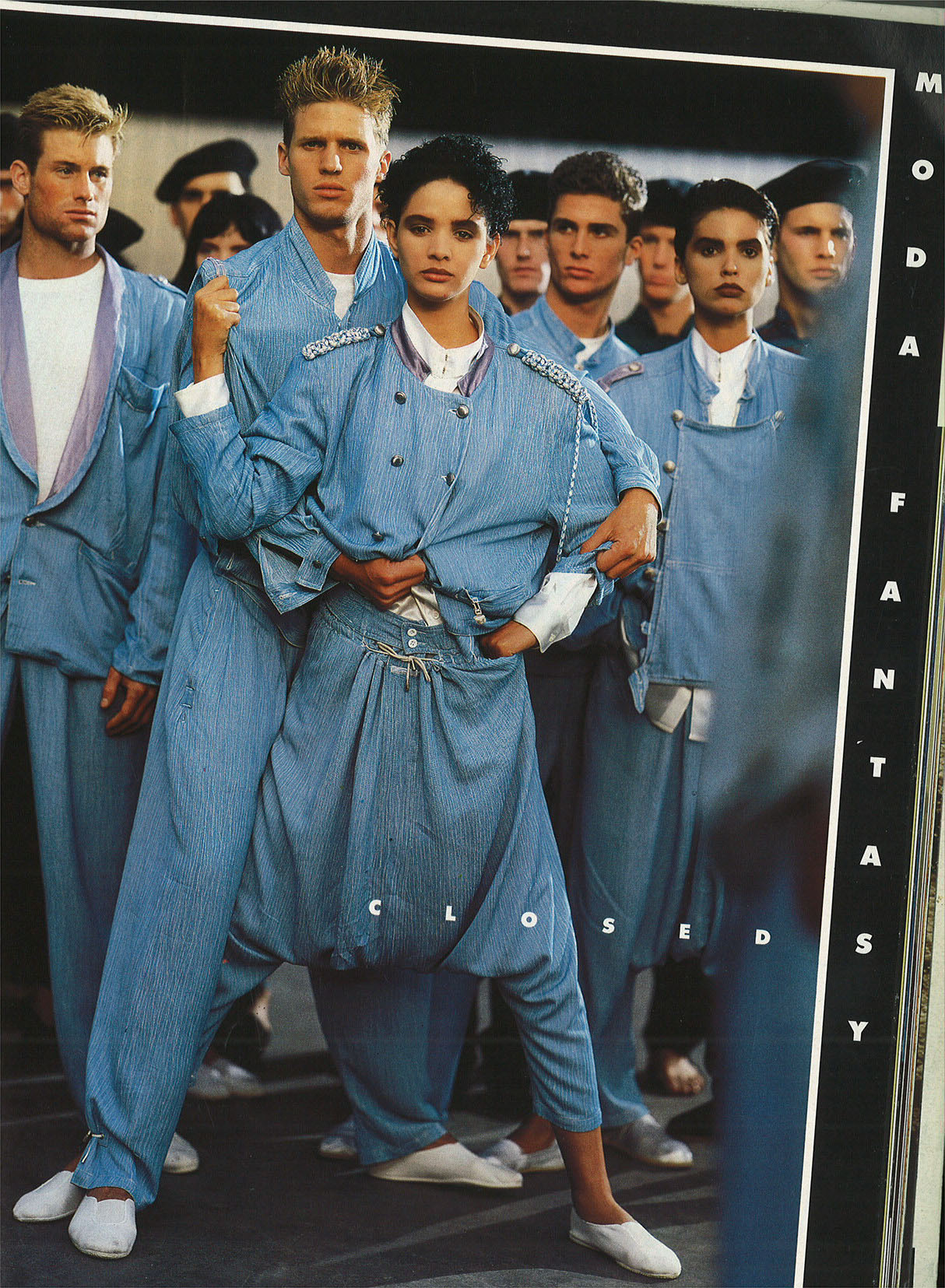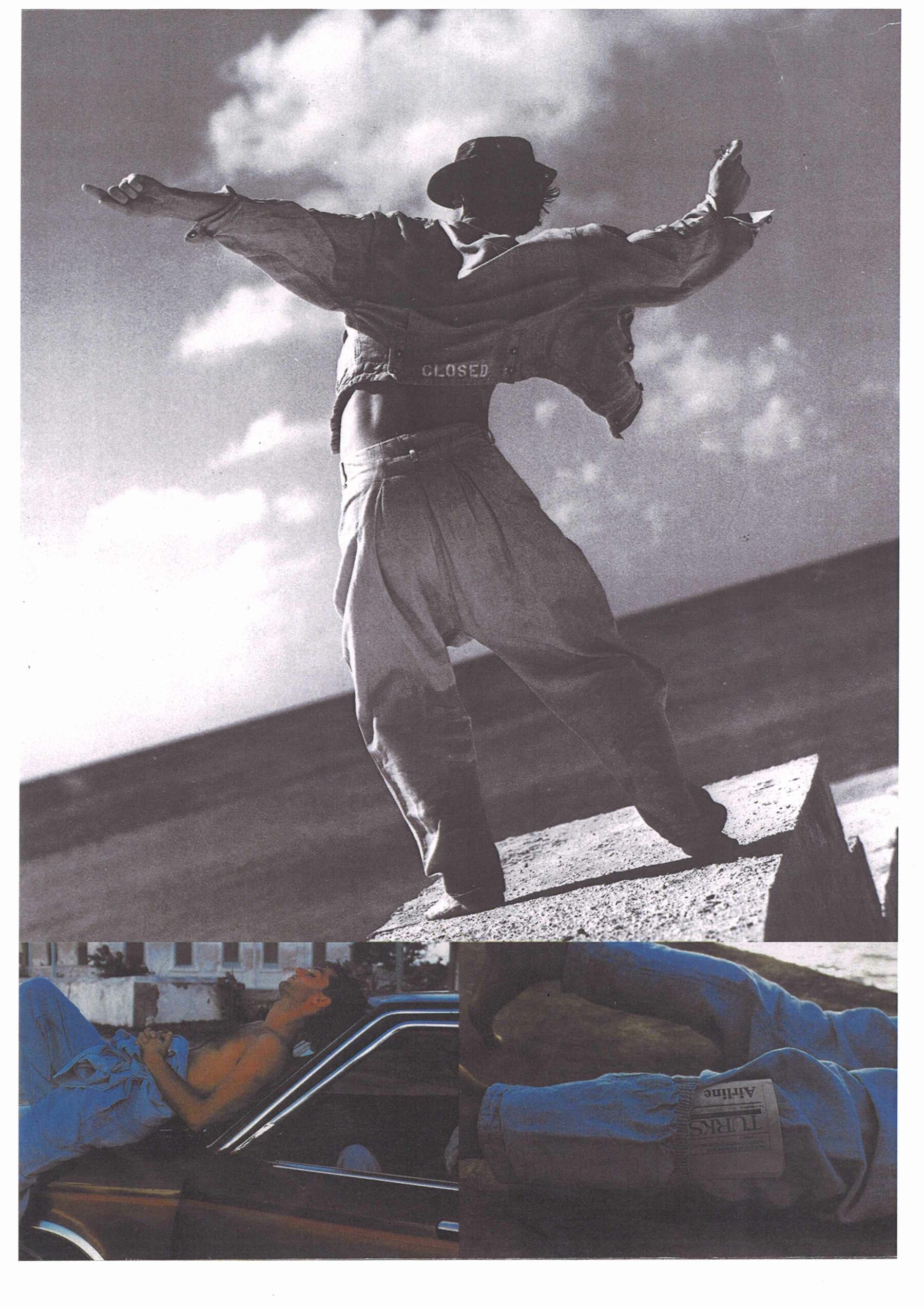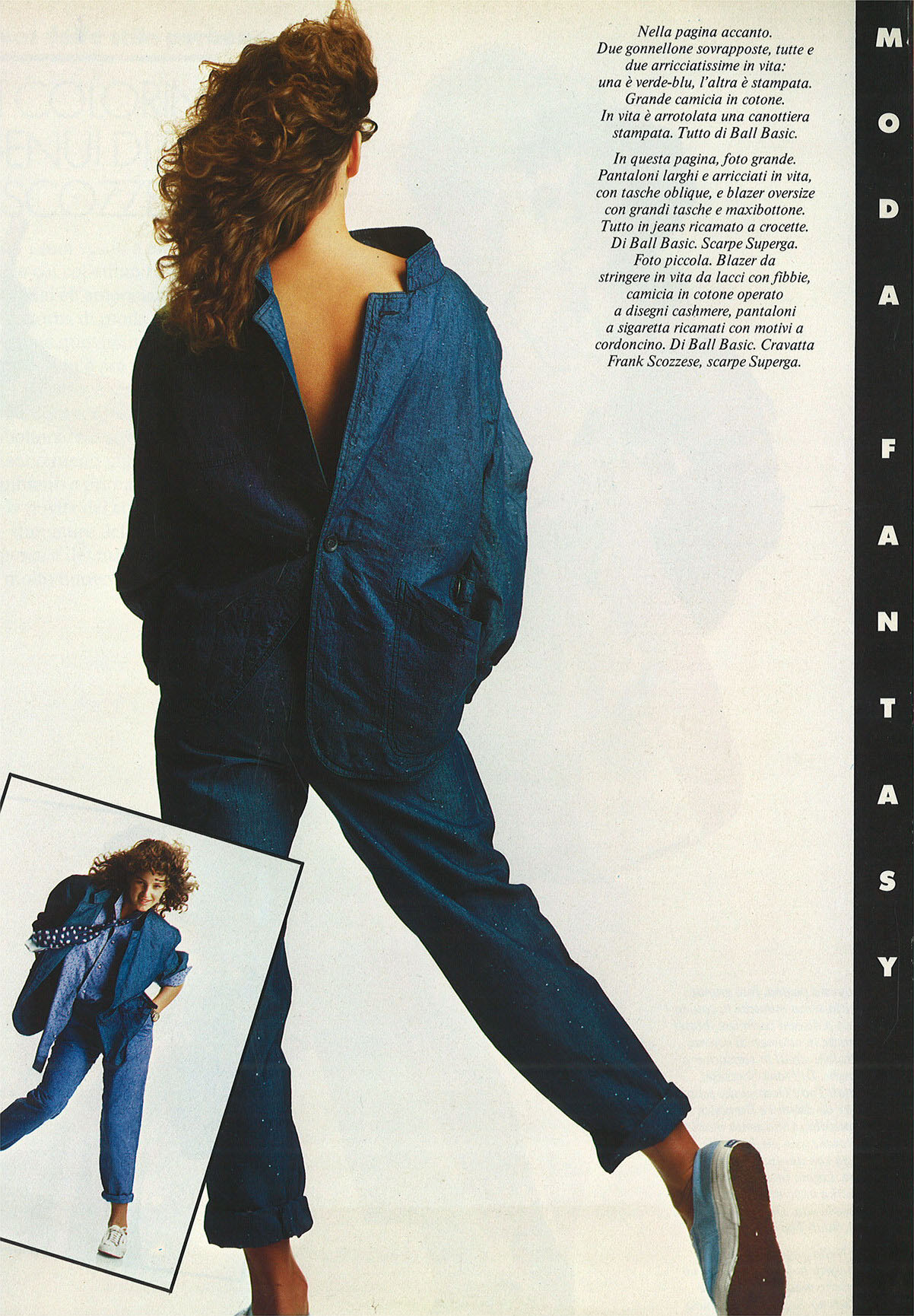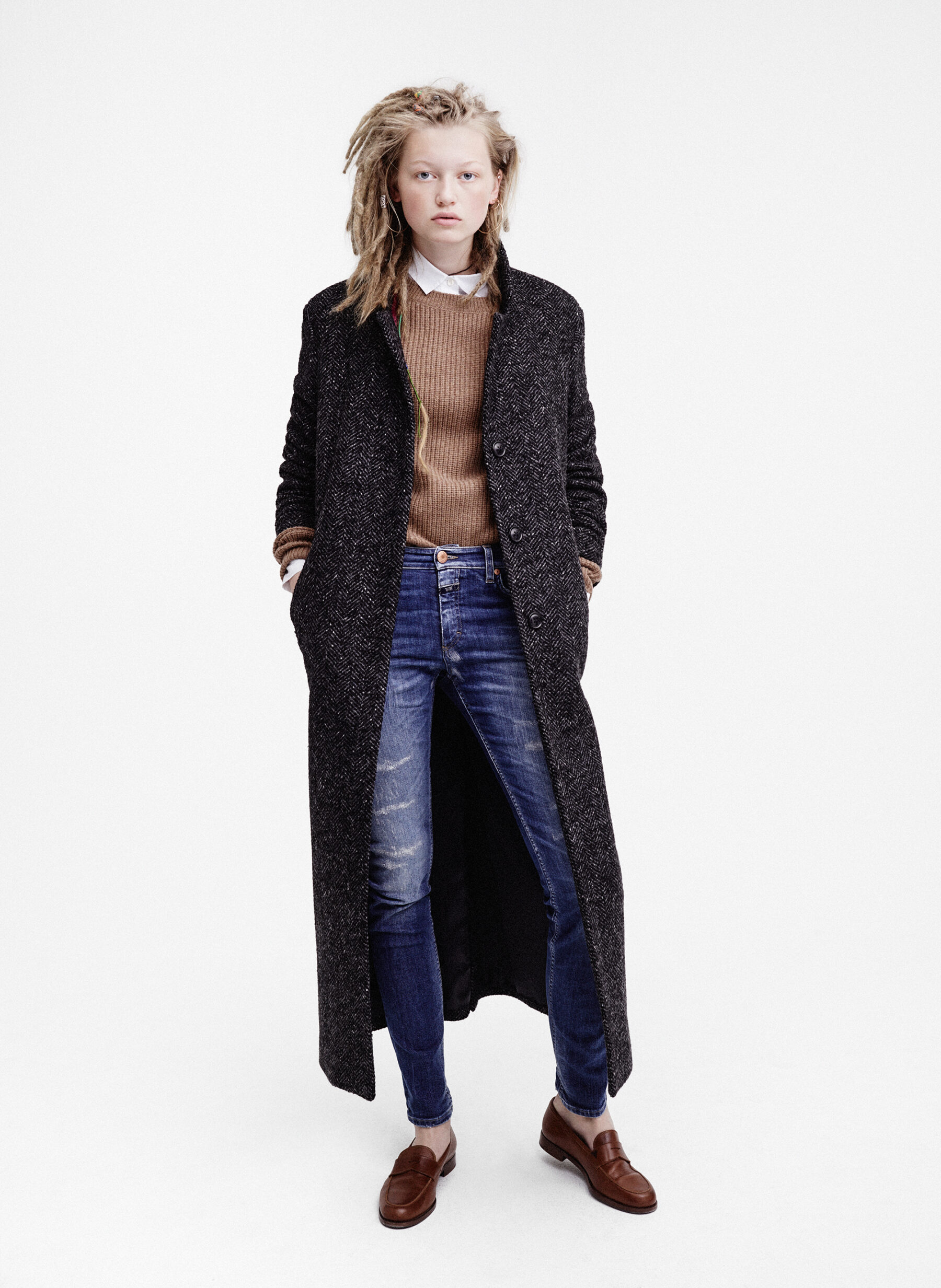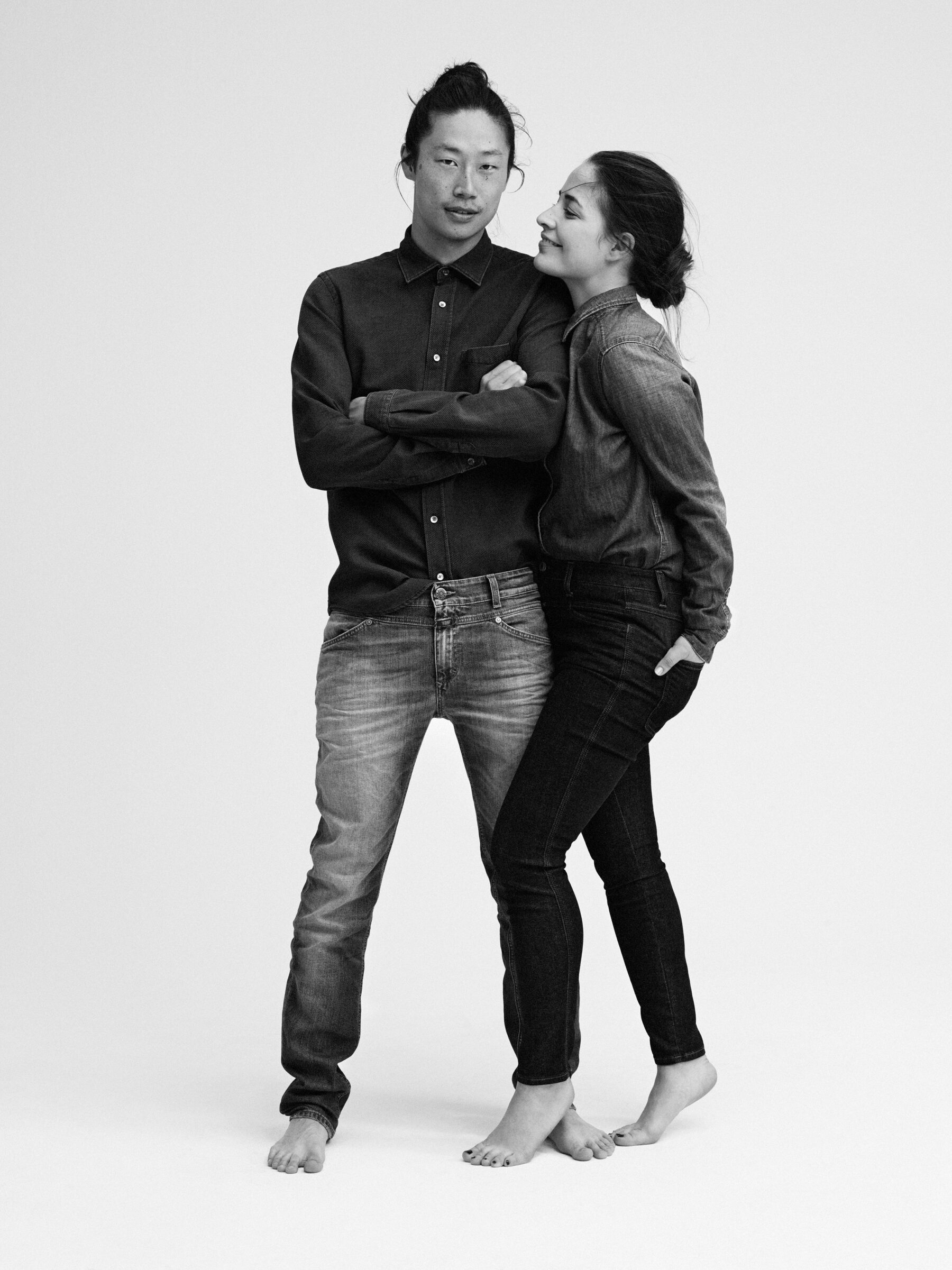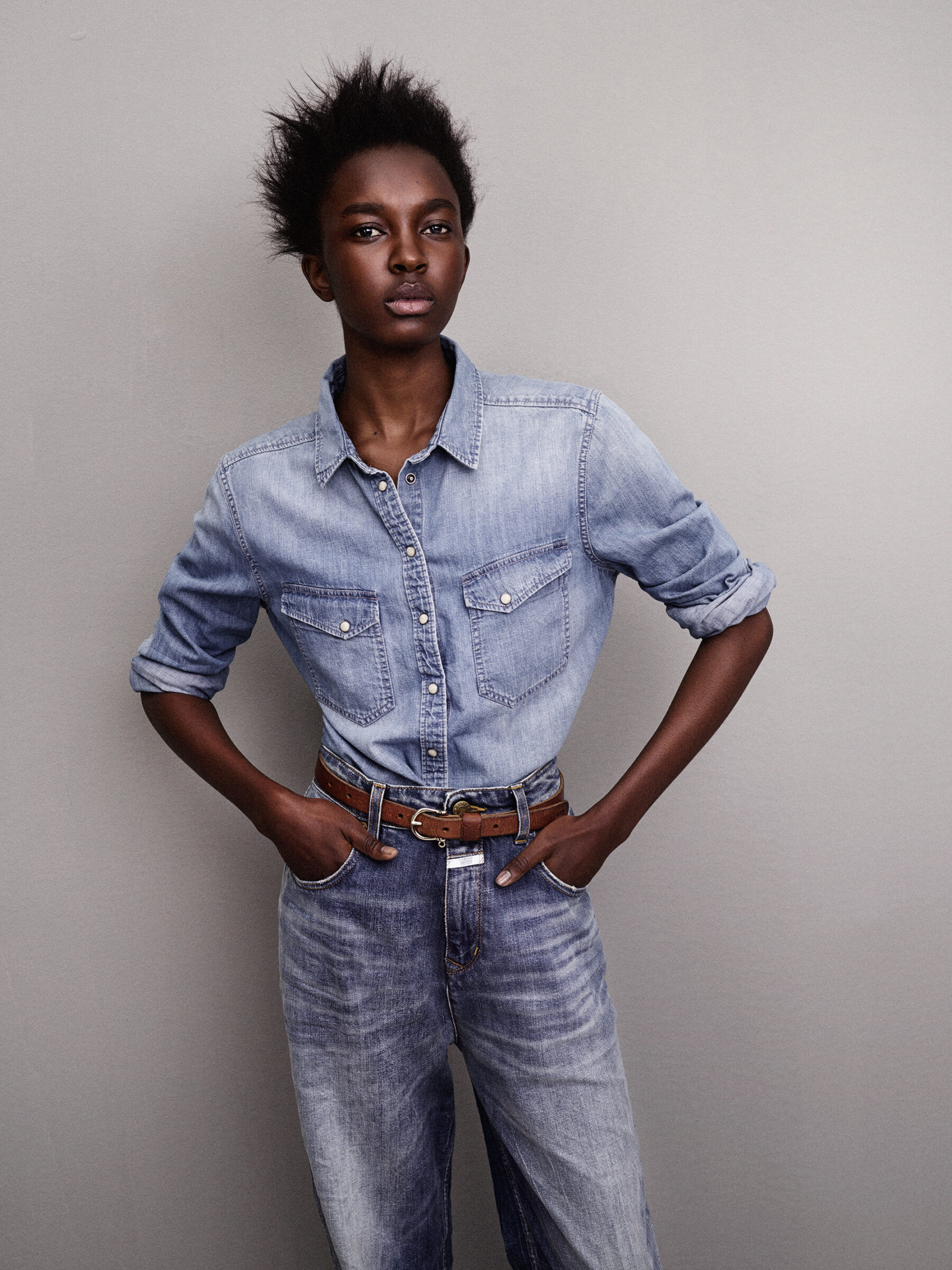What makes a living space a home? For Til Nadler there’s no doubt: “Well…that it’s lived in,” he says, clearing a coffee cup from the counter into the sink.
Indeed, Til is one of those people who truly see their apartments as living spaces, not mere design objects. His flat in a prewar building in Hamburg’s elegant Harvesterhude neighborhood is perfectly furnished, without being overly stylized. At first glance, the high-ceilinged rooms seem cozy and lived-in – there are more heirlooms than design pieces, more private photos than works of art.
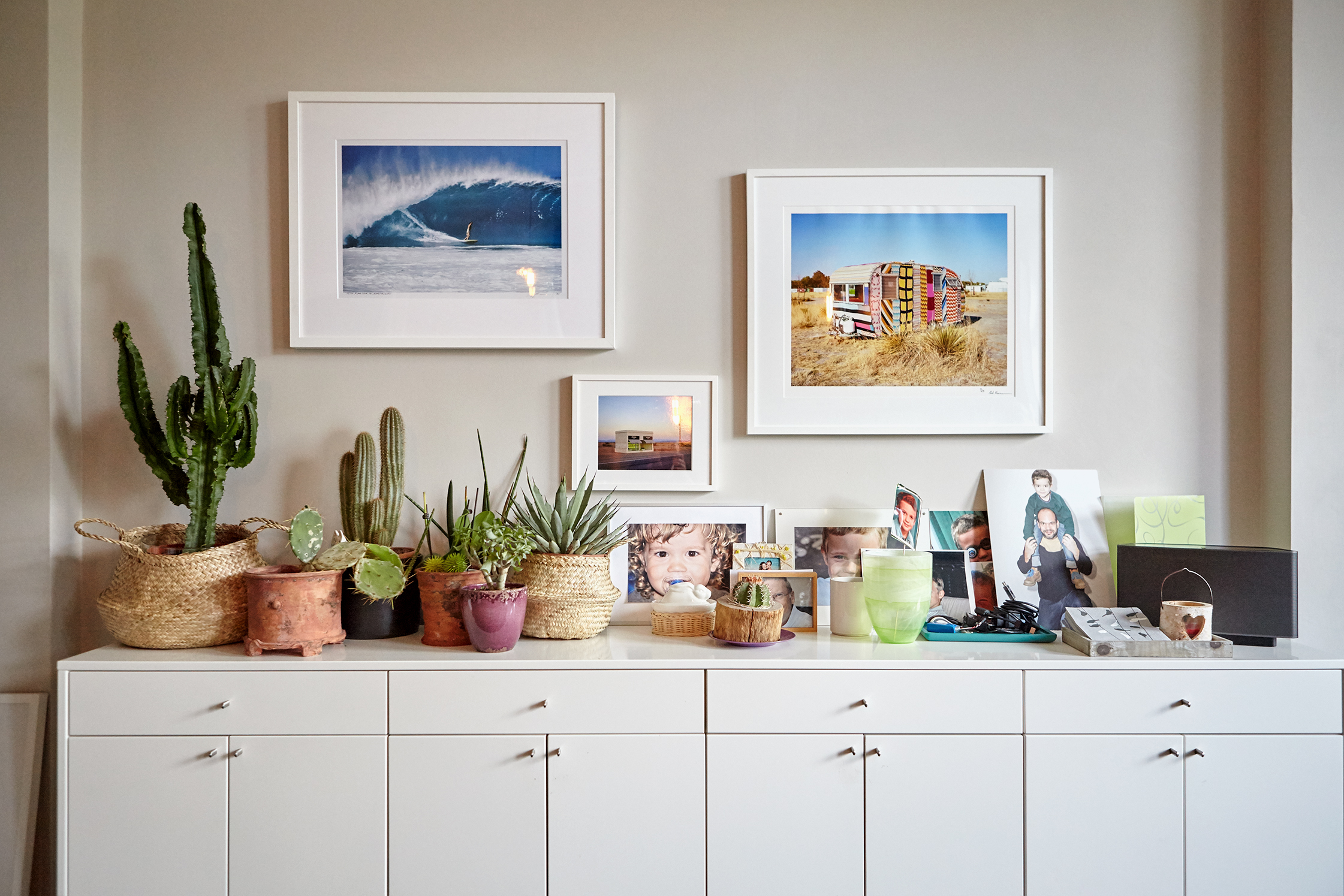
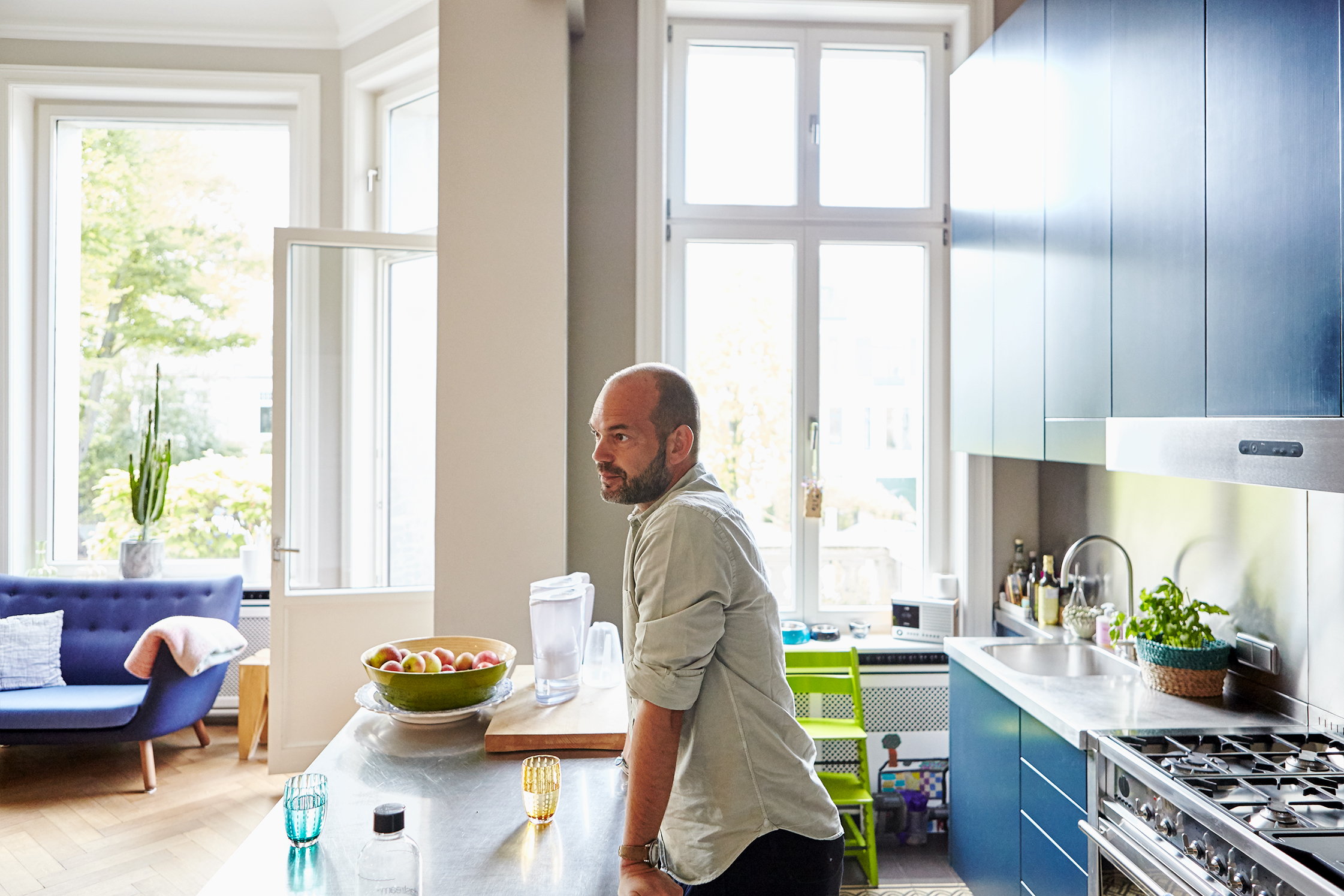
Next to the coffee cup, right by the sink, the light gray family cat perches on the dark countertop. “Nino only drinks from the tap,” explains Til, turning on the faucet with relaxed ease – as the marketing professional and co-owner of fashion label Closed does everything. Casual is a good adjective for Til’s style: his apartment, his label and the Closed headquarters.
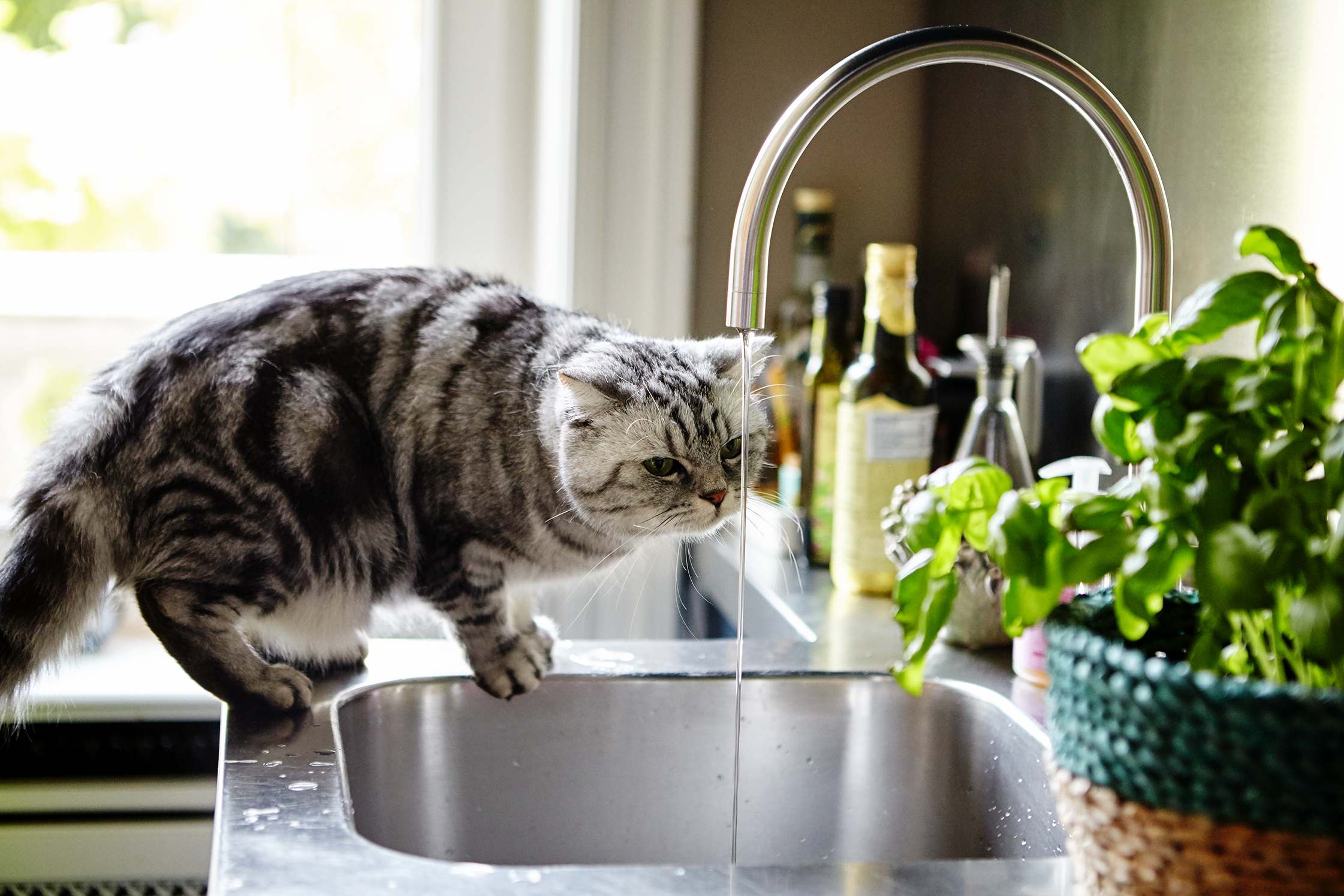
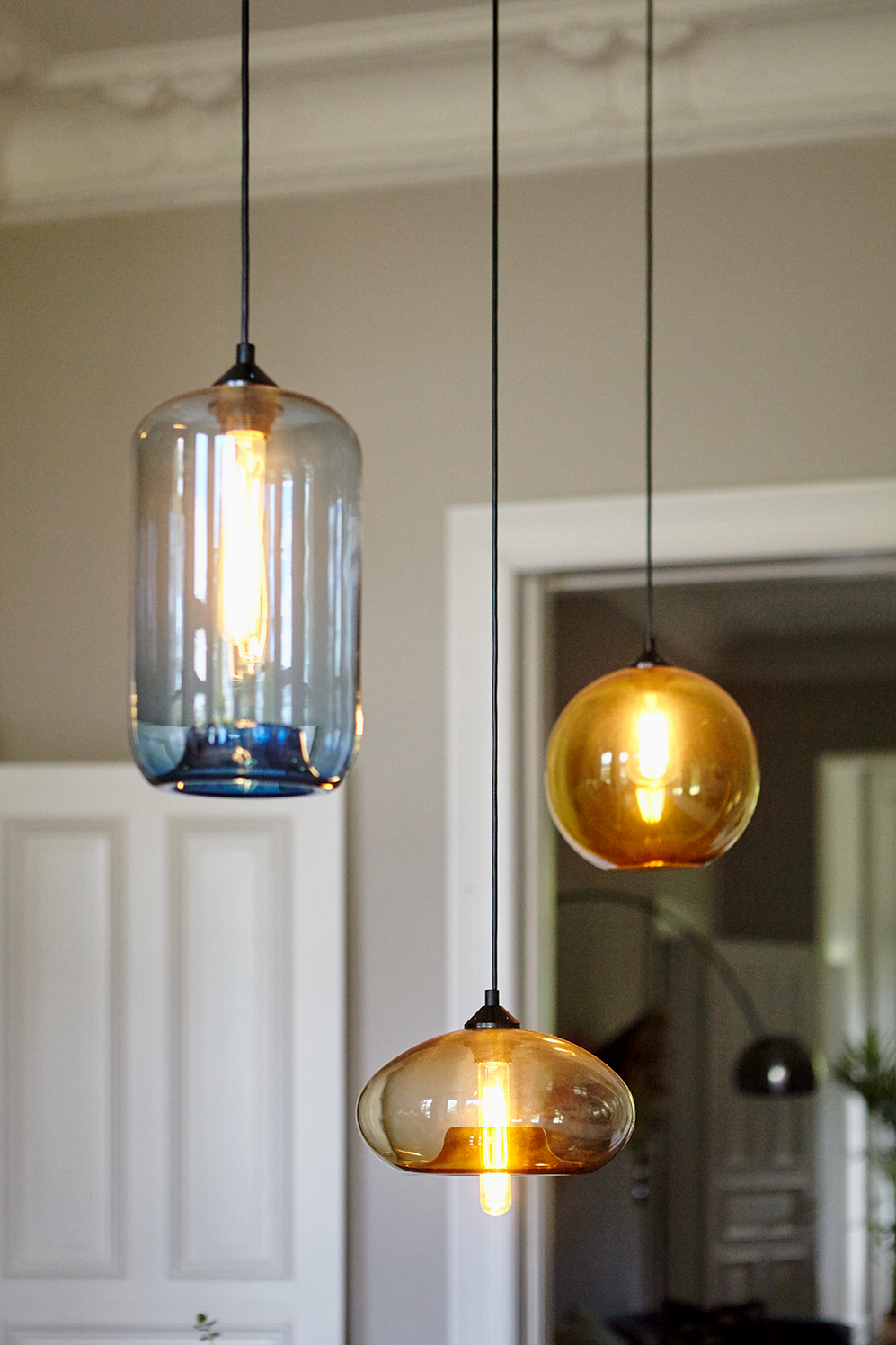
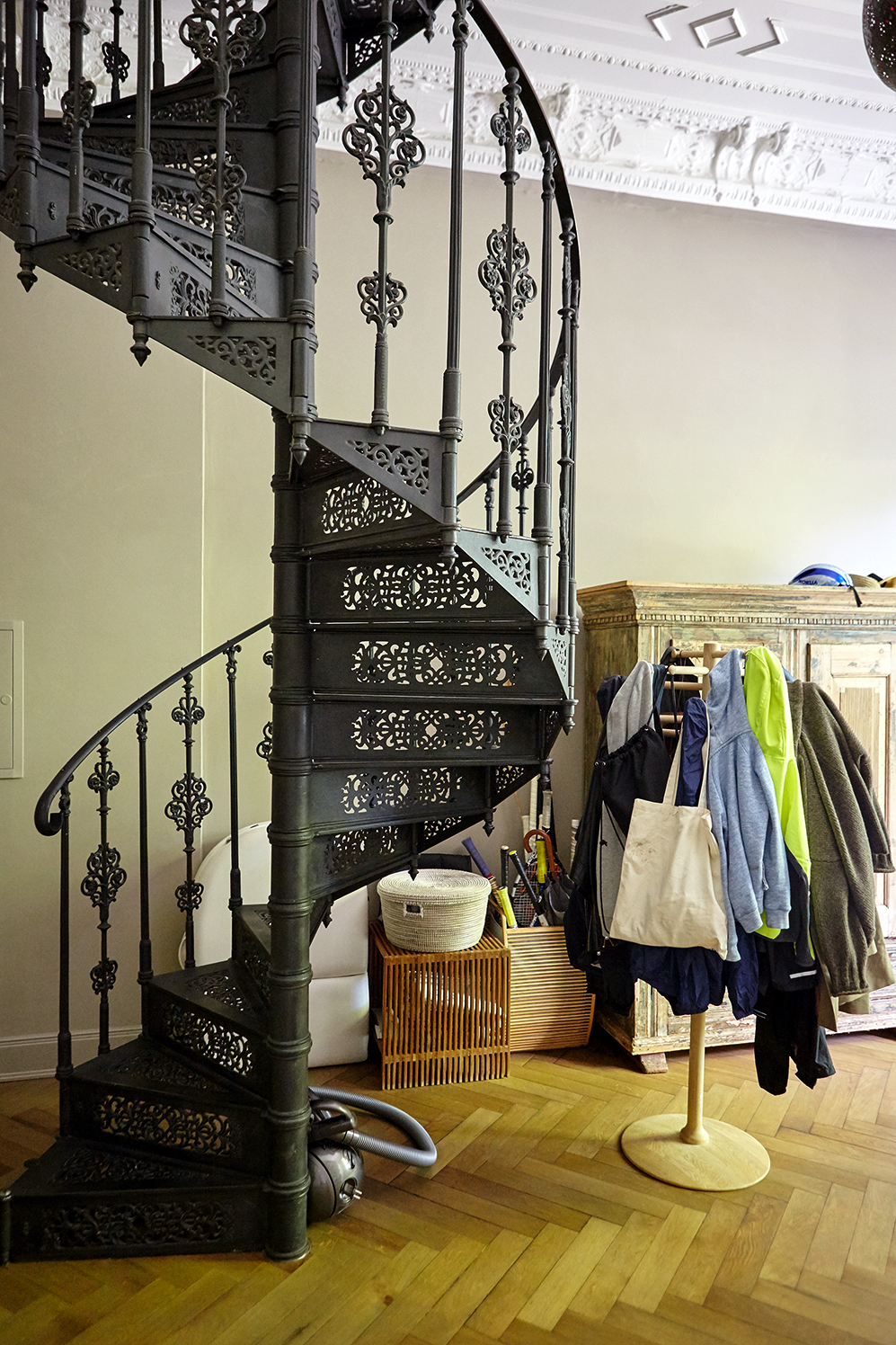
It’s four minutes by bike from Til’s apartment to his office. The reception area, showroom and offices are brighter and more polished than his home, yet the atmosphere is still relatively cozy – just the way Til and his business partners, Gordon Giers and Hans Redlefsen, want it. Til never refers to either of the two as colleagues, always friends, because that’s what they are. The trio running the company known for their stonewashed jeans consists of old school buddies, while the rest of the team includes other friends and family members. Til’s wife Susanna works in merchandising.
At the headquarters, the windows are big and the work environment is friendly. And, naturally, many of the staff members are clad in pedal pushers. The high-waisted jeans, a classic ’80s design, are currently experiencing a revival as today’s must-haves.
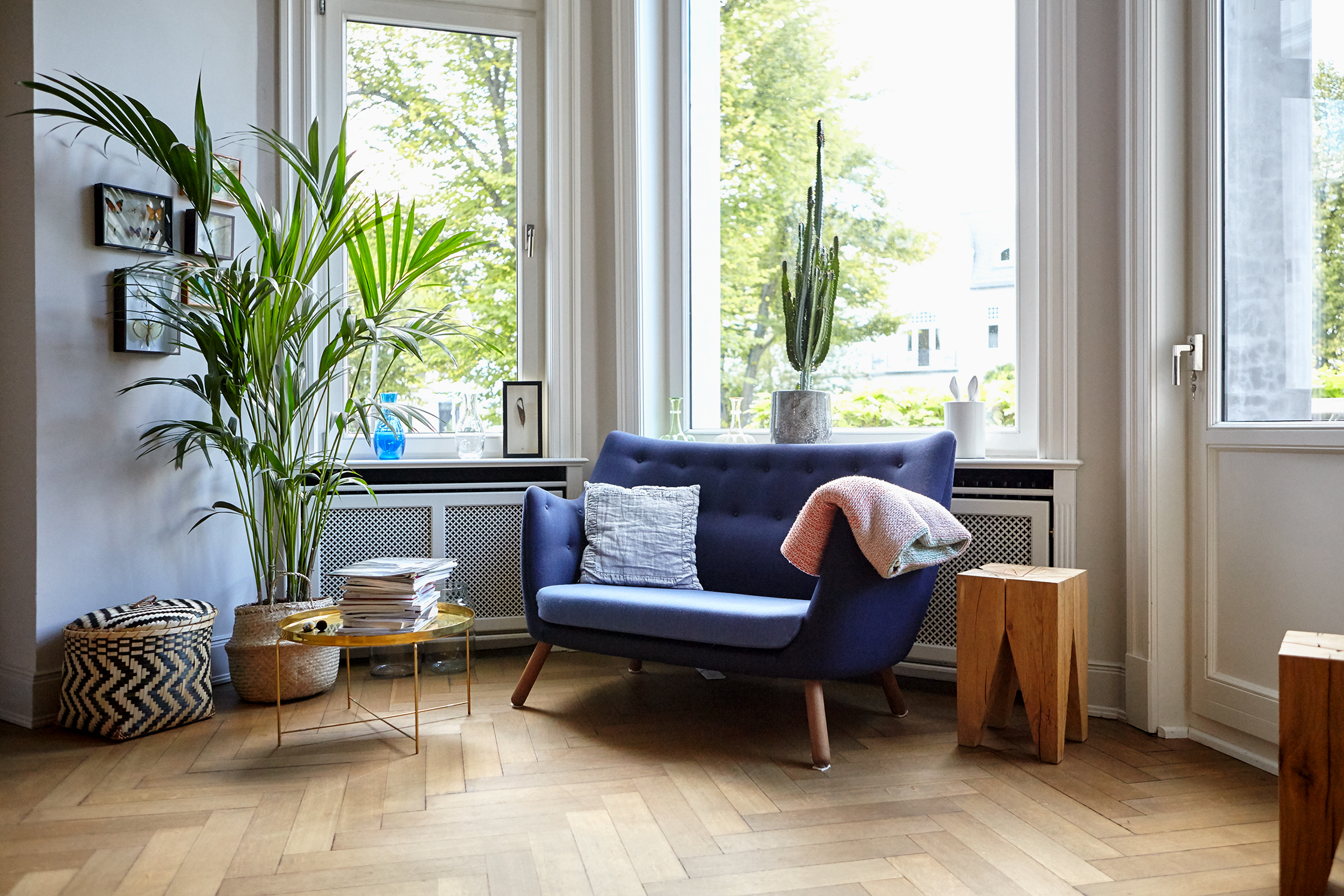
“That is and will remain the rule: denim gets better the longer you wear it.”
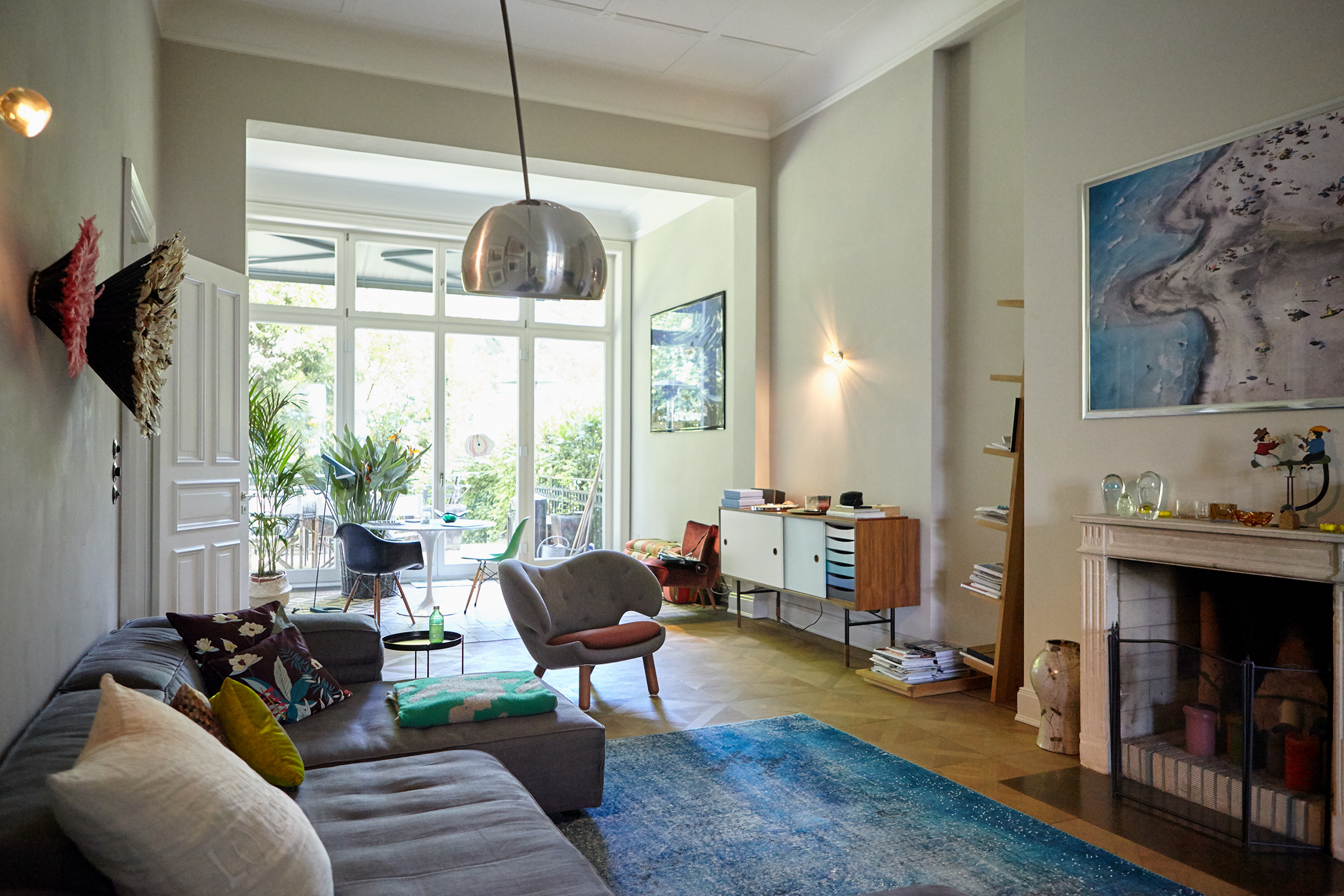
-
Were you personally a jeans fan in the ’80s?
Of course – just like everyone else. I even remember wearing a pair of Closed jeans.
-
Really?
Well, I was in good company! They were the thing in those days. For my wife, too, incidentally. She’s a few years younger than me and comes from Milan. There, too, people apparently liked to spend their allowance on a pair of Closed jeans. (laughs)
-
What was your absolute favorite item back then?
A jeans jacket. I don’t remember the brand, all I remember is that I absolutely had to have it! I bought it used. That is and will remain the rule: denim gets better the longer you wear it.
-
Do you still have any of your really old stuff?
Not really. I’m someone who likes to weed things out. Maybe partly because I’ve been near a source of new items for a while now. (laughs)
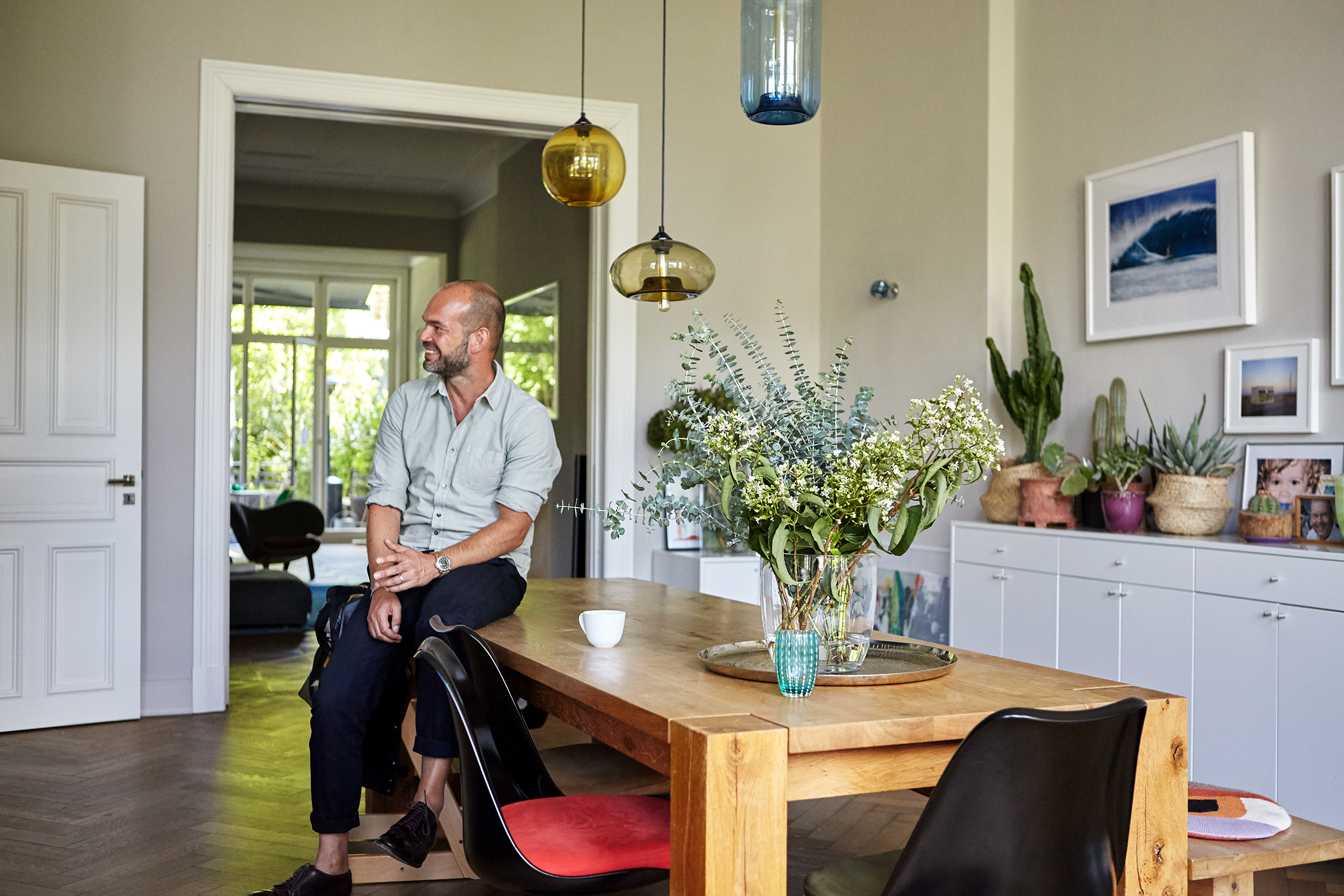
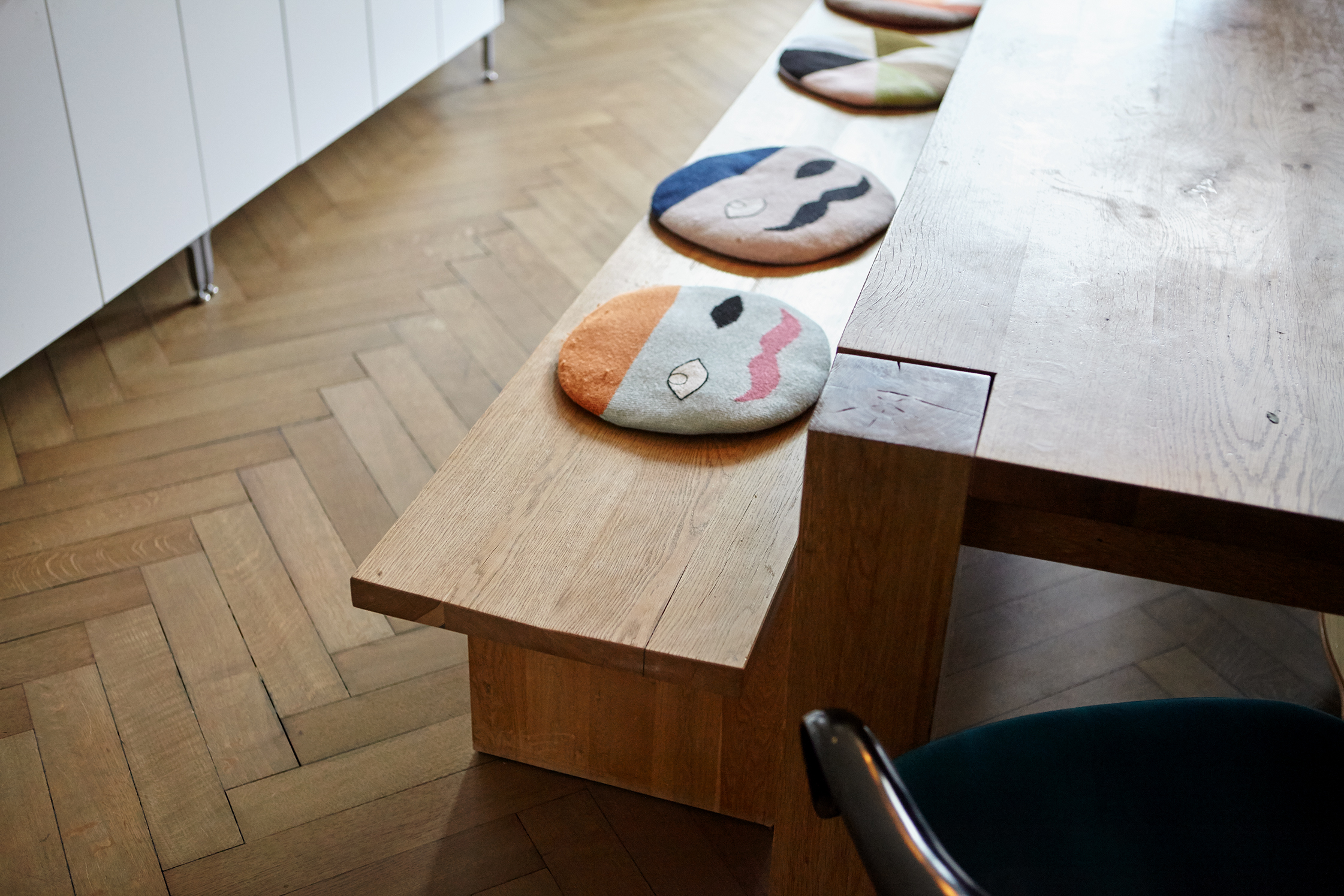
-
You worked at Costume National for a long time and at Prada in Milan for eight years. How did the three of you decide to run Closed?
I can’t really remember if the very first thought of working together was conceived as a joke or over a drink – or both. The fact is, Gordon, Hans and I have basically always said it’d be great to do something together. Even back when it wasn’t at all clear that that might be something having to do with clothes.
-
Eventually, though, that became clear.
Exactly. At some point, it just fit. For me, chiefly for three reasons, in no particular order: to be in Hamburg, closer to my parents, to be independent and to work with close friends.
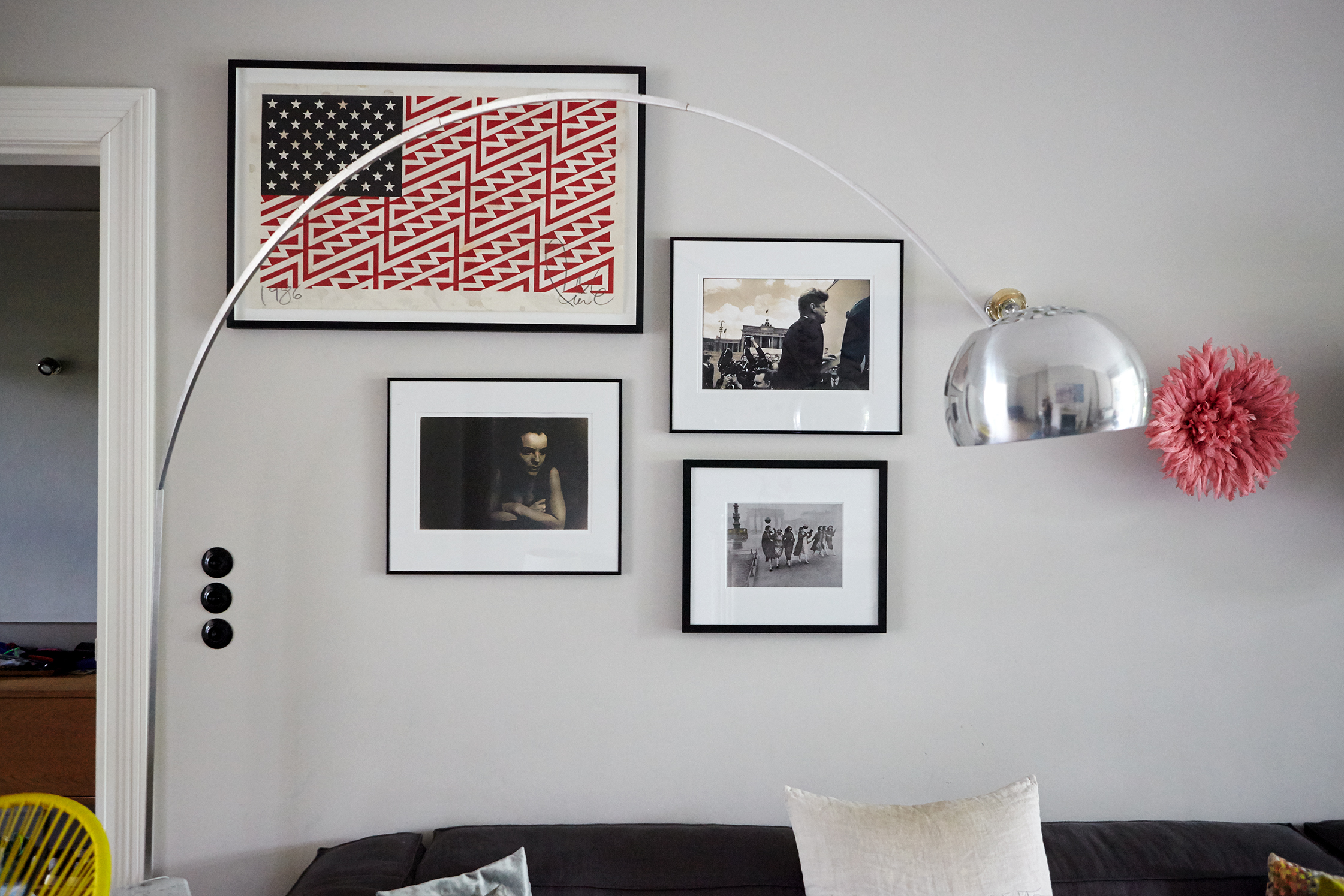
-
What’s good about working with friends?
I think the big advantage of knowing each other so well is that you can always say very honestly what’s on your mind at work – just as you can in good friendships. Another advantage is that you can count on each other when things don’t work out as planned. That was very helpful, especially at the beginning.
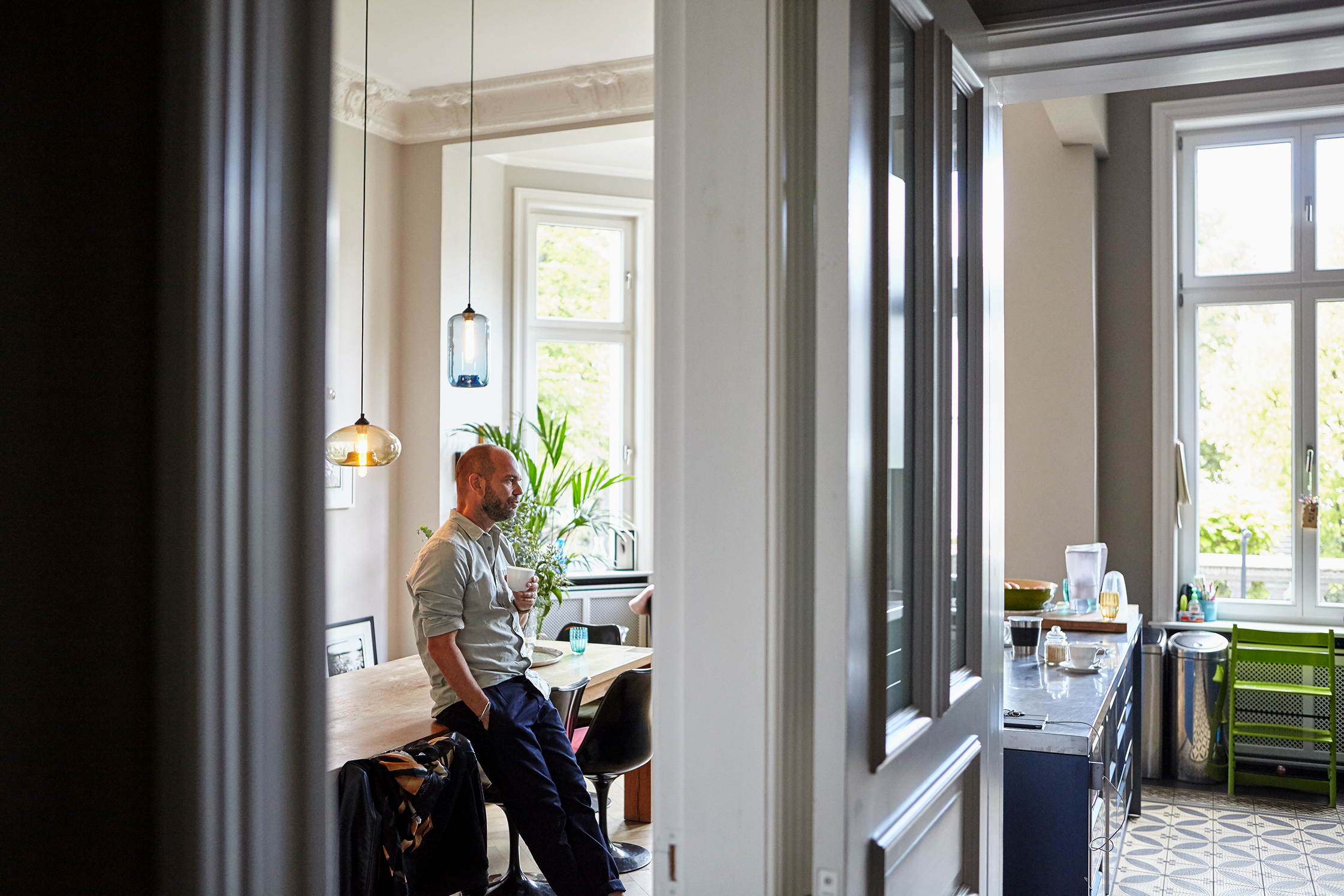
-
Were you at bit of a wild card at first?
Absolutely. And I was extremely motivated. Naturally, I wanted to implement at Closed all the successful ideas from my previous career. But long-established staff aren’t always so happy when a newcomer comes in and immediately introduces major changes. Nevertheless, I felt a great urge to create – and a certain pressure to succeed. Beforehand, for example, I imagined distribution would be much easier. When I went to London to present Closed, all the buyers I’d known for a long time welcomed me warmly, but no one wanted to buy. That was a period when the other two really had my back.
-
Was that a bit disappointing?
It was hard. But it was probably also naïve of me to underestimate how hard and how long one must work with a brand to achieve a certain standing.
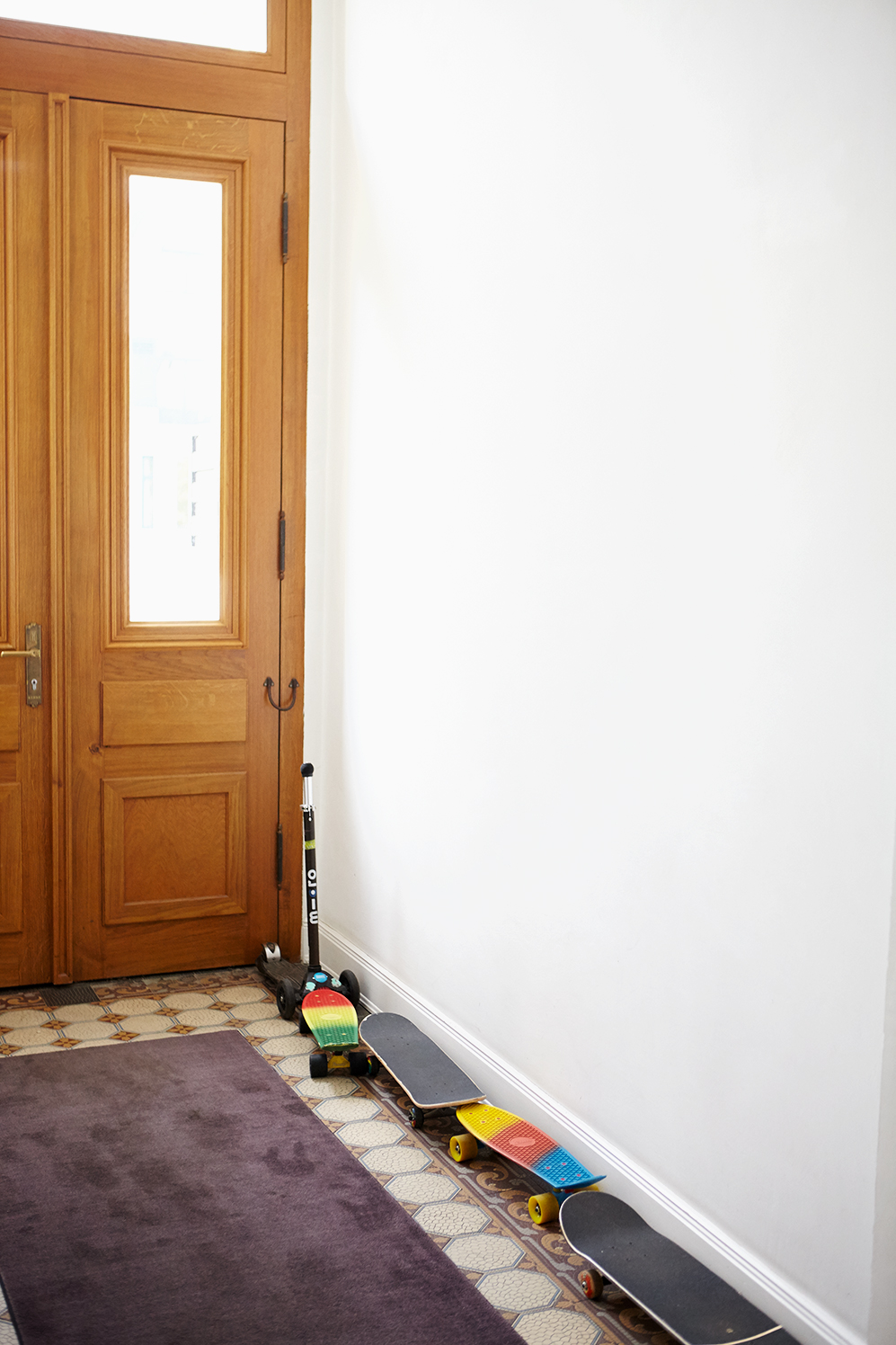
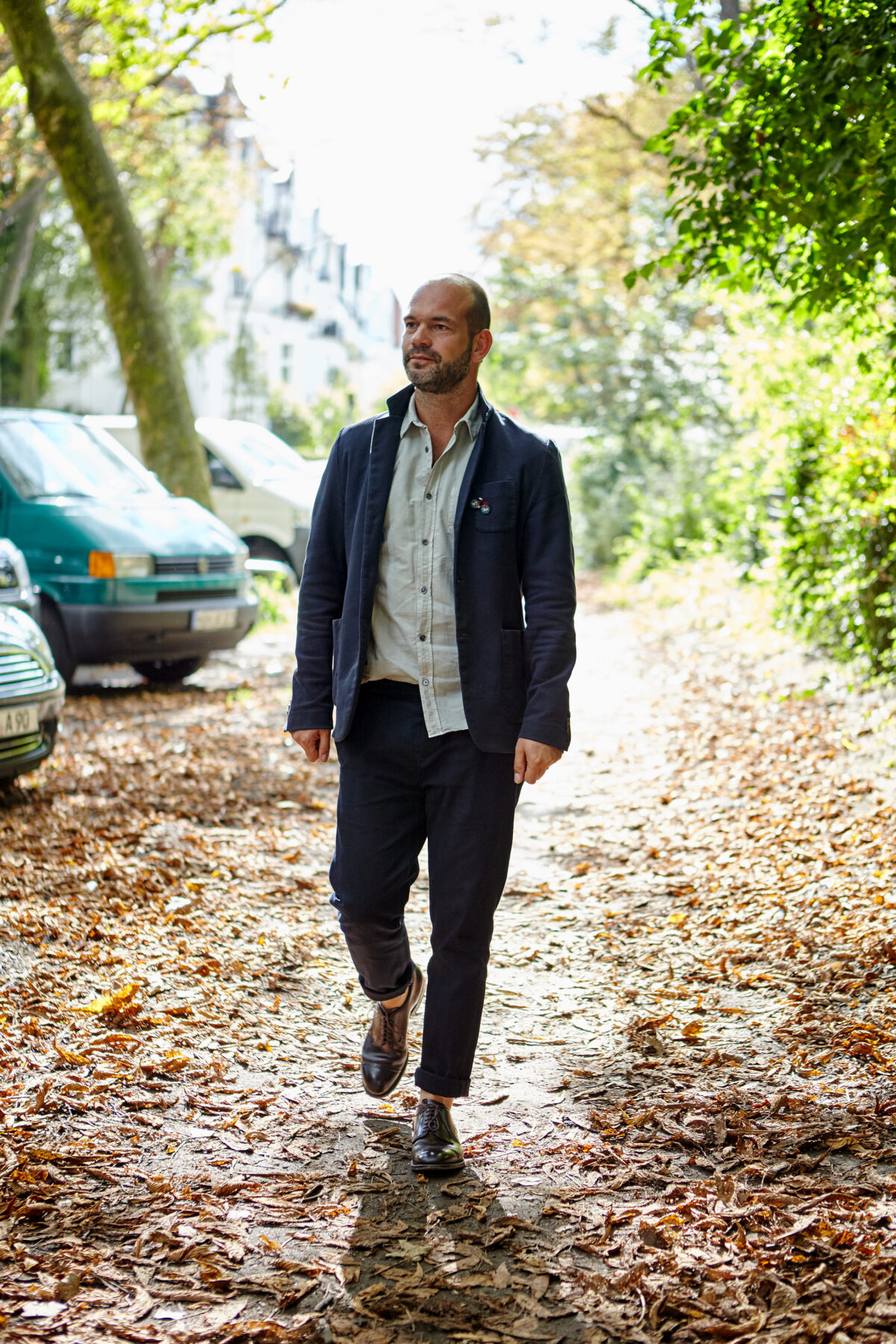

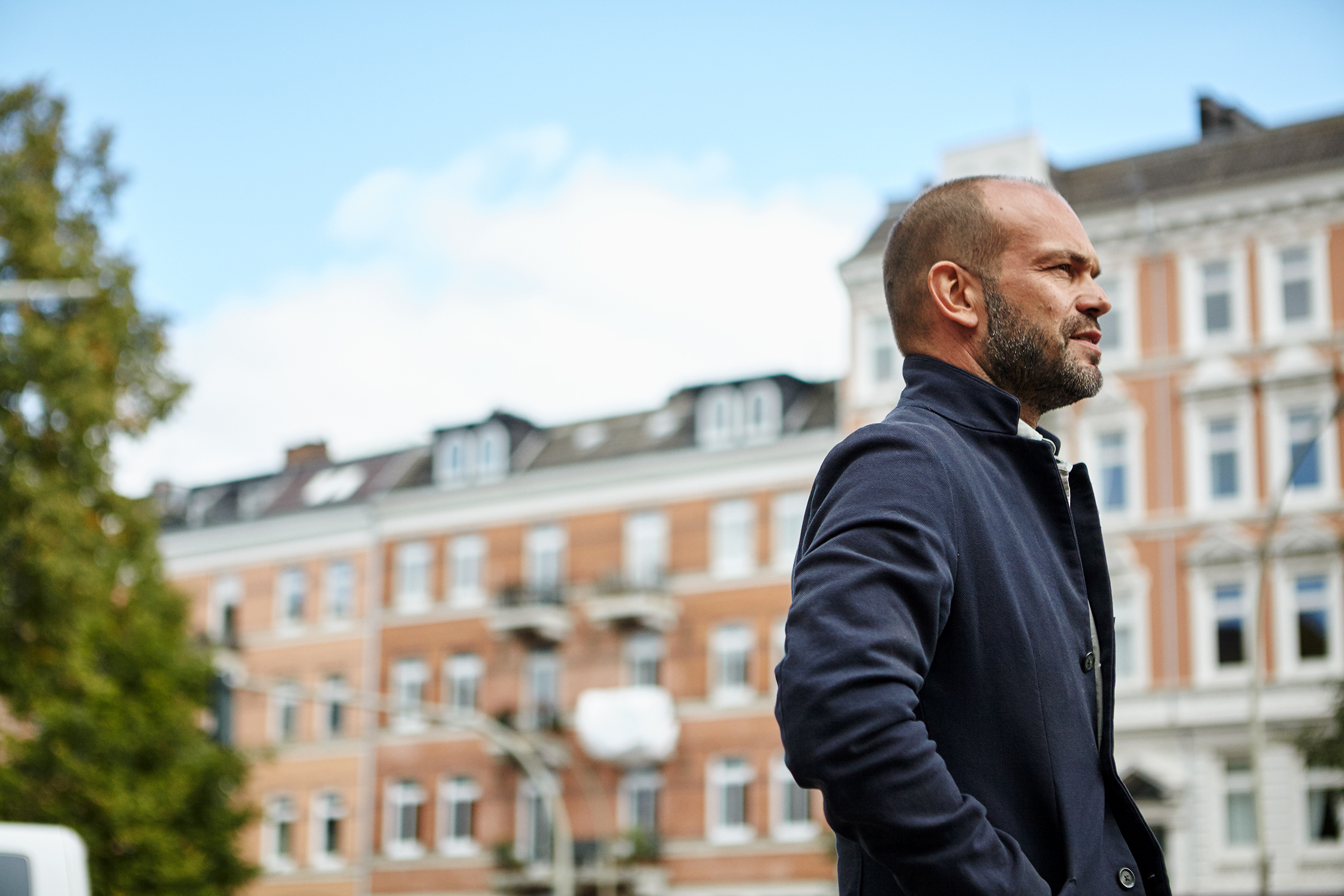
-
Did you ever think of giving up?
(Pauses) Yeah, I’m sure I did.
-
Why did you end up staying?
Because I wanted to do more.
-
Was the pressure greater because potential professional mistakes with your collaboration could have also led to friendship problems?
I’d be lying if I said the thought had never crossed my mind. But I was never truly afraid. I knew the three of us could put together something really good. I never saw any drawbacks to the collaboration. Not even with the three-person leadership structure, though it’s often said that working as a trio is particularly challenging.
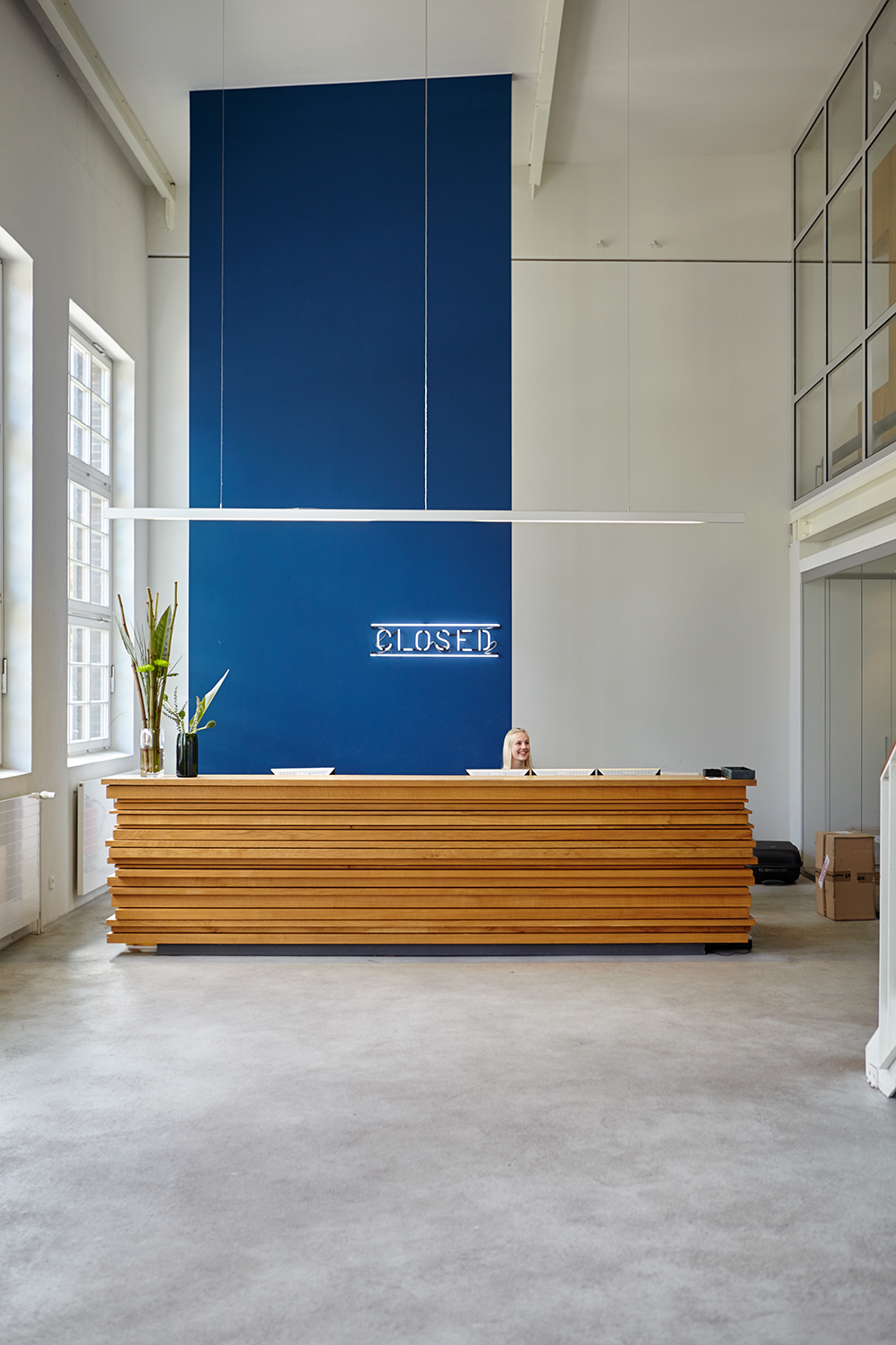
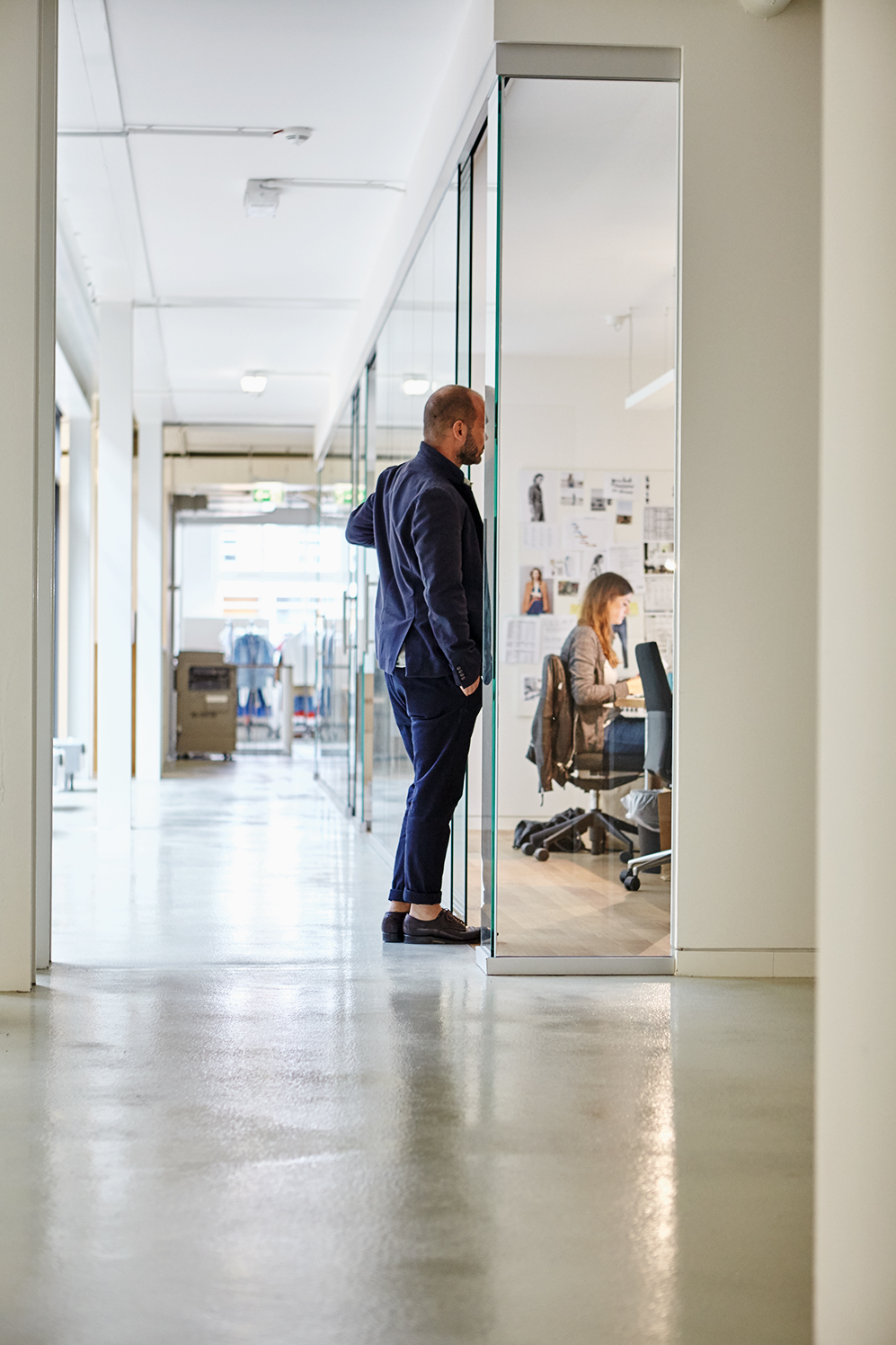
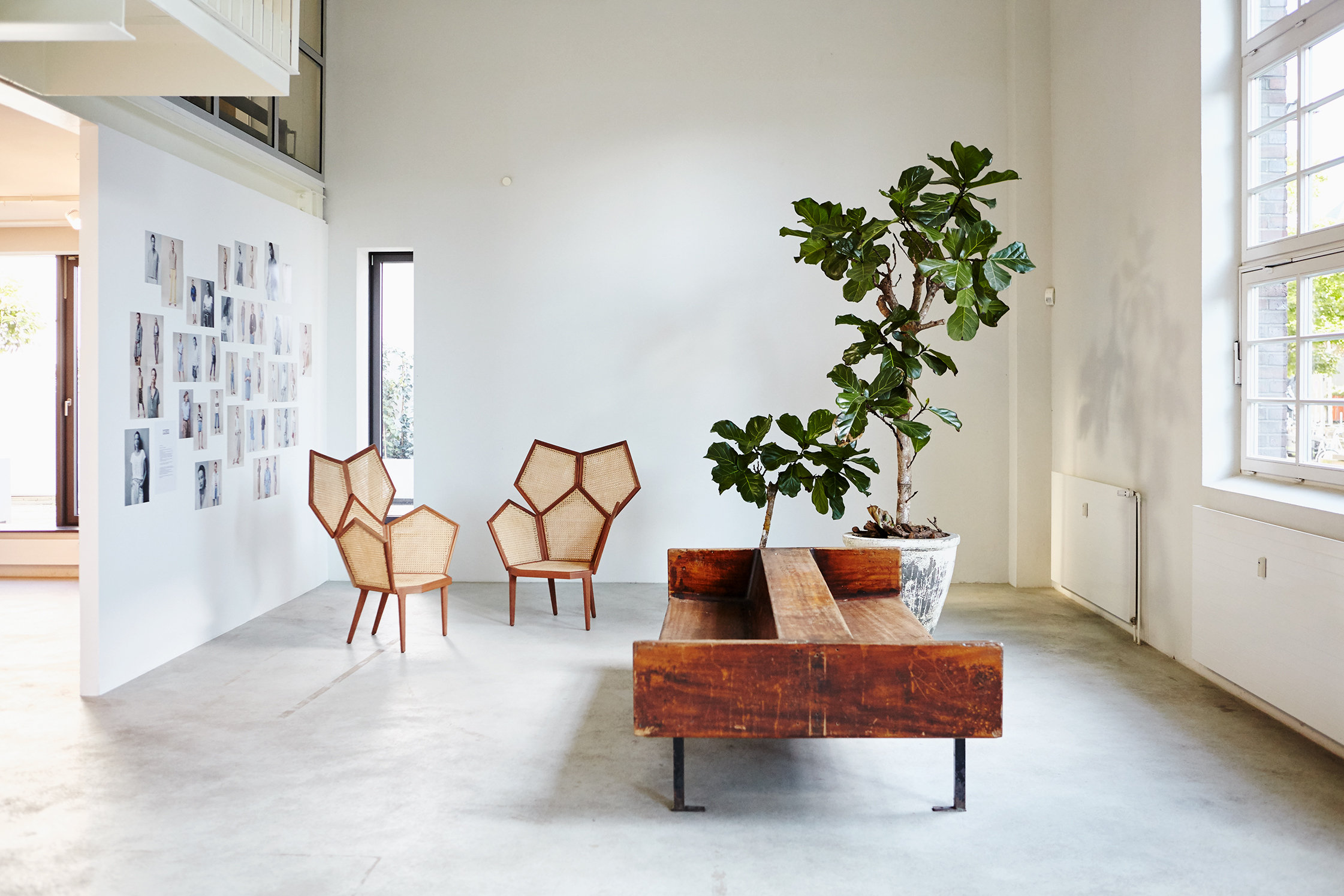
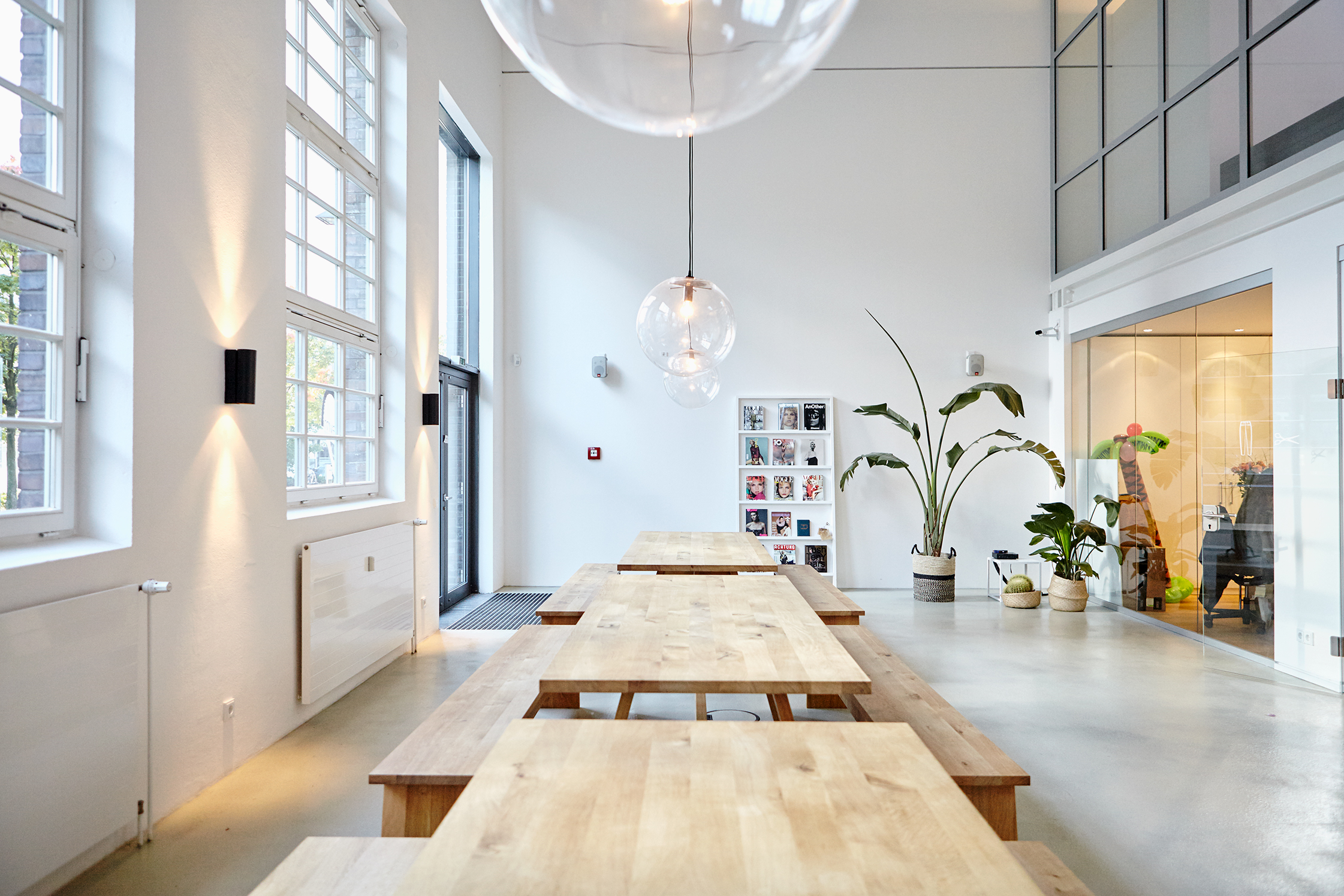
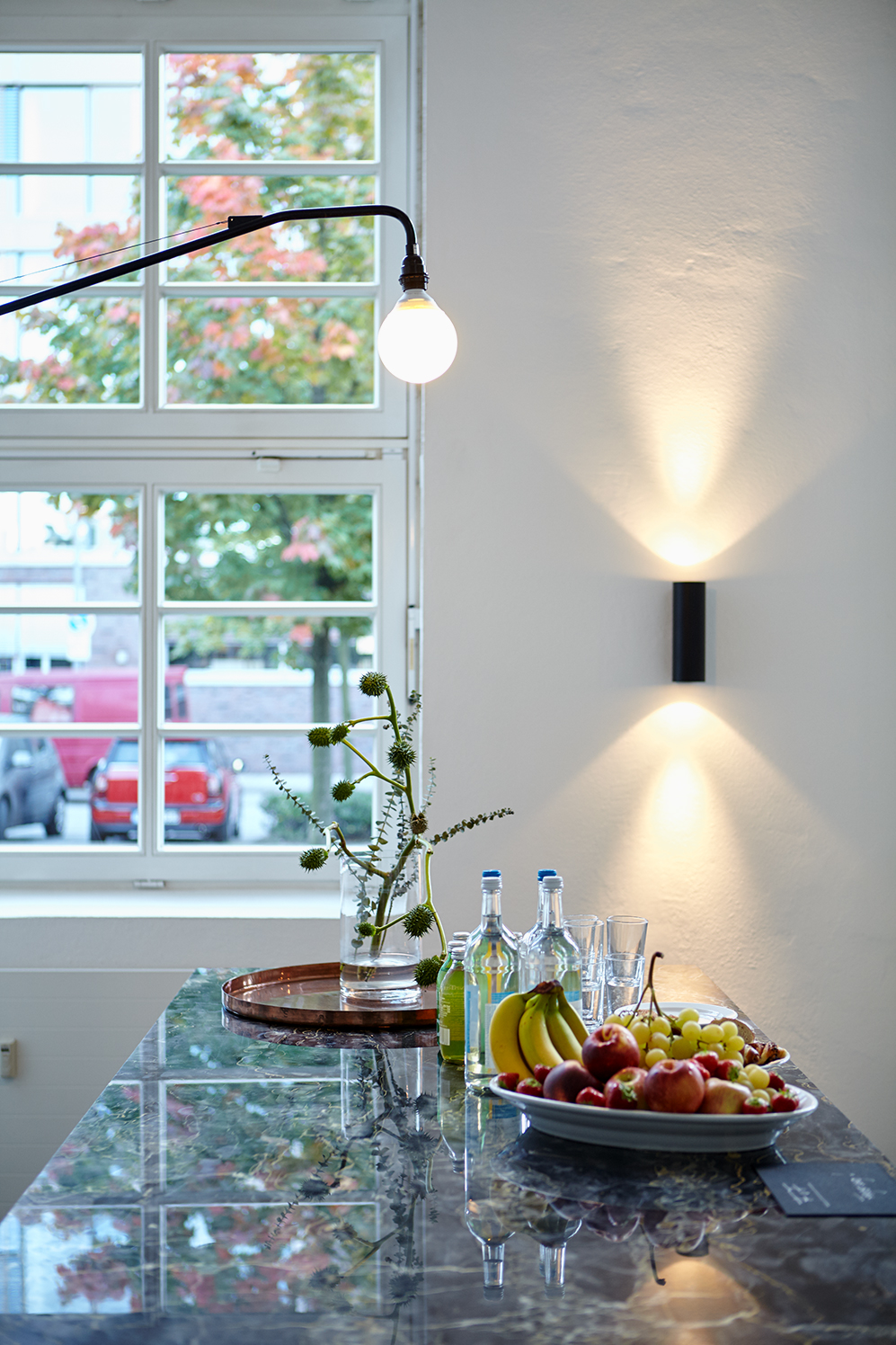
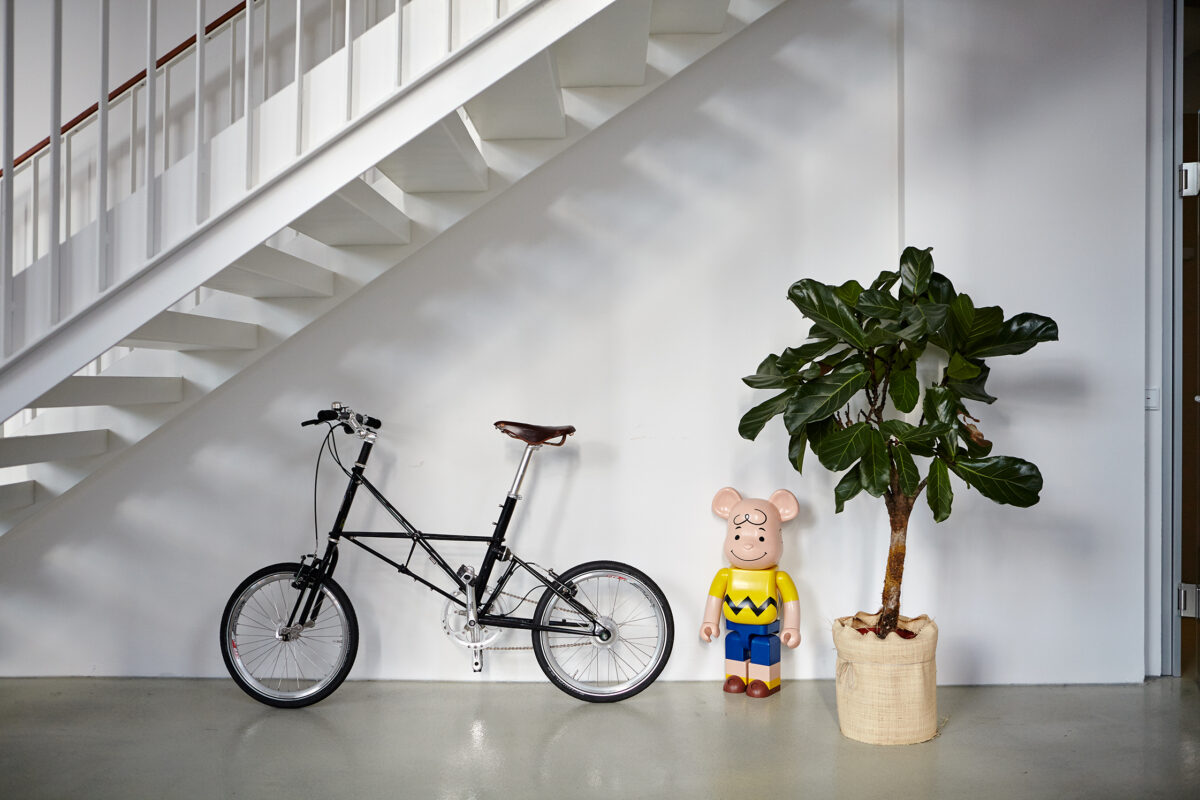
-
But it’s also said that all good things come in threes.
Exactly! That’s how we see it. What’s important is that it was clear from the start that a collaboration could only function if we were on an equal footing. There are so many different things to do at a company like Closed, each of which poses very different challenges to our individual expertise and personalities. When I imagine that there are people who manage their companies and staffs all by themselves – phew! My hat goes off to them. It may be true that each of us would have been better off with two external industry insiders instead of two friends. But what unites us is the way we collaborate with others and the way we give of ourselves. It’s important for us to be a good team – and to have one.
Closed in Facts and Figures
-
- 1 Founded in 1978 as a family business in Italy
- 2 The classic Closed Pedal Pusher was inspired by a mail carrier’s uniform
- 3 In 1990, Closed moved its headquarters to Hamburg
- 4 Gordon Giers, Hans Redlefsen and Til Nadler have owned the company since 2004
- 5 The Hamburg headquarters has a staff of around 160 employees
- 6 There are some 38 Closed stores across Europe
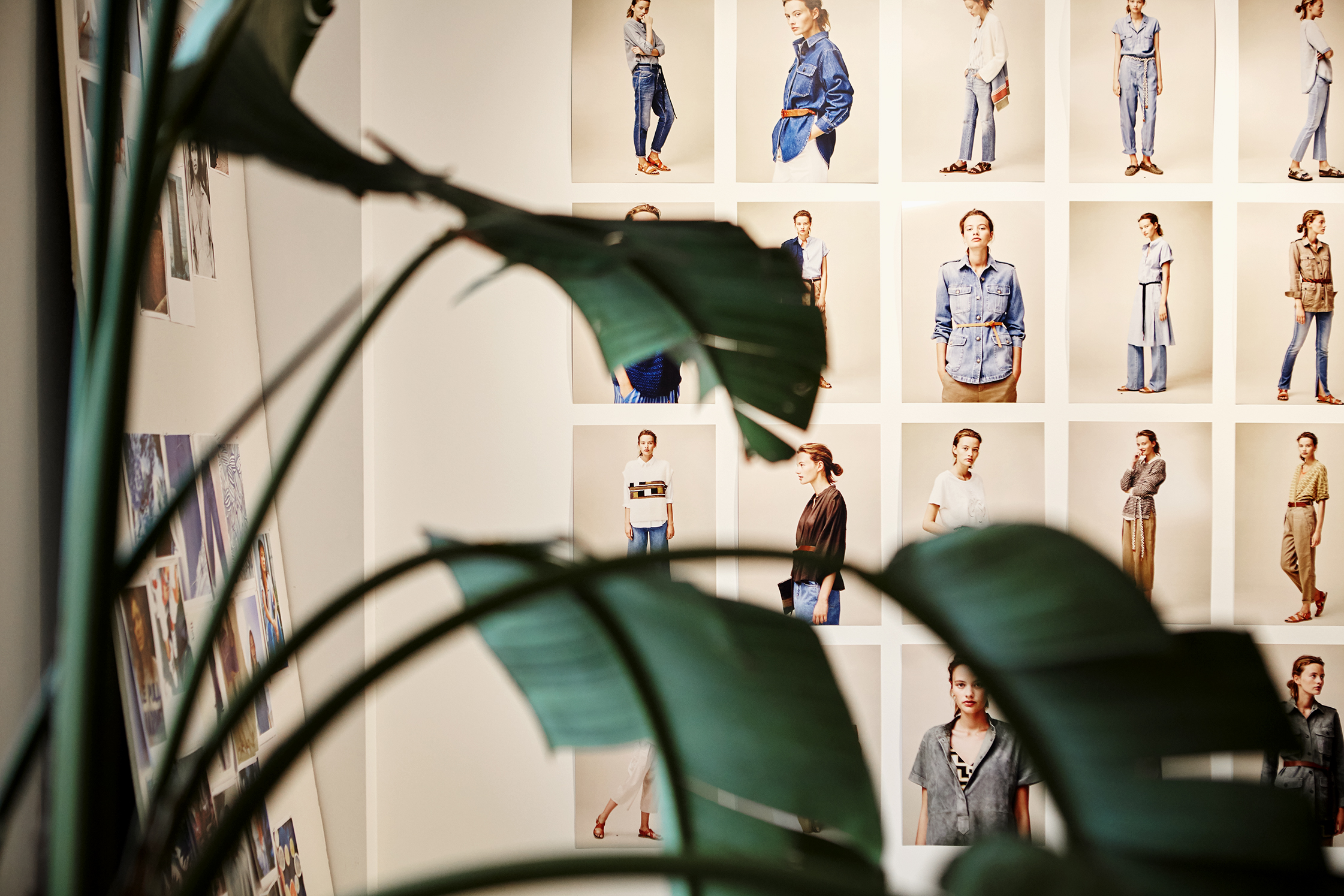
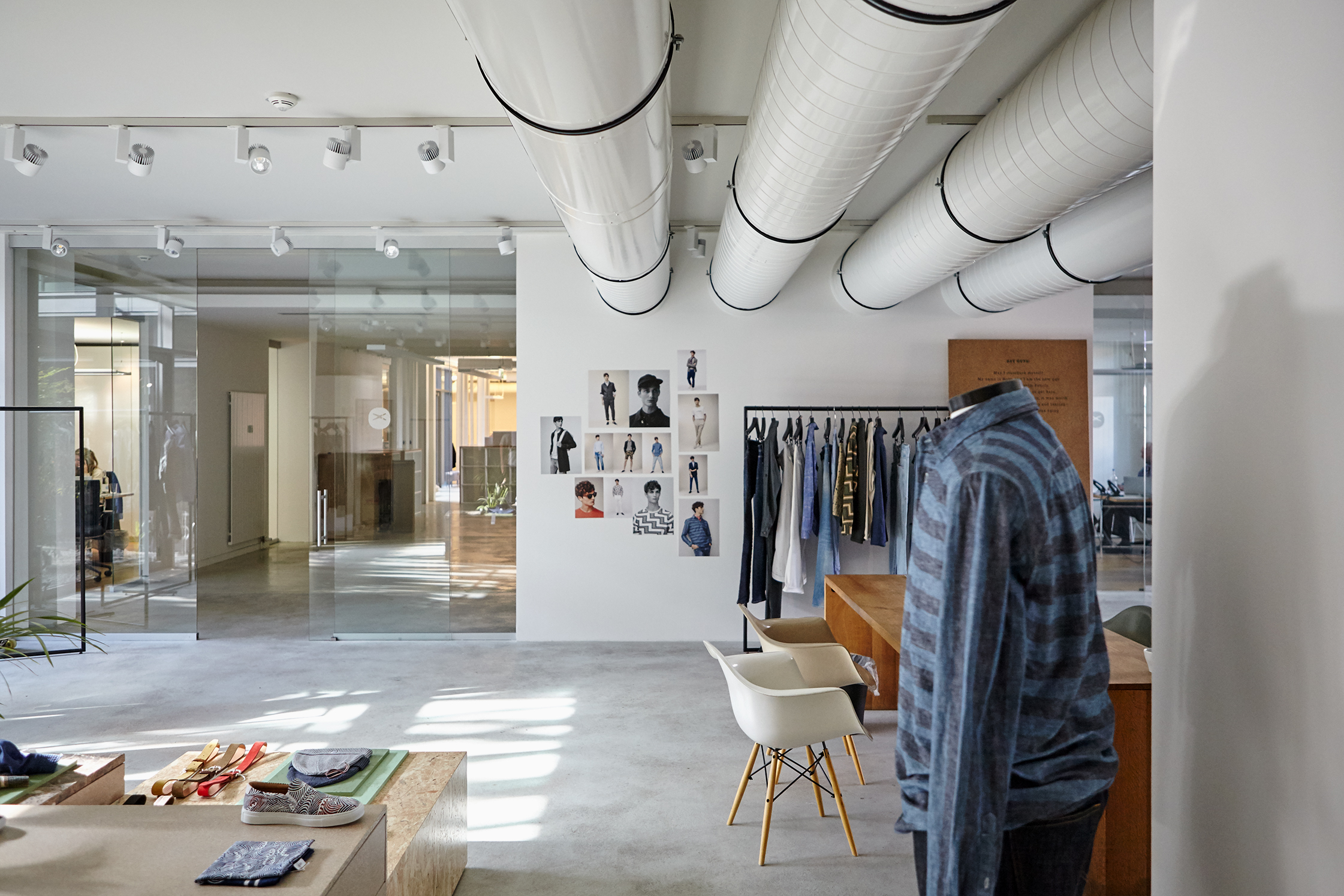
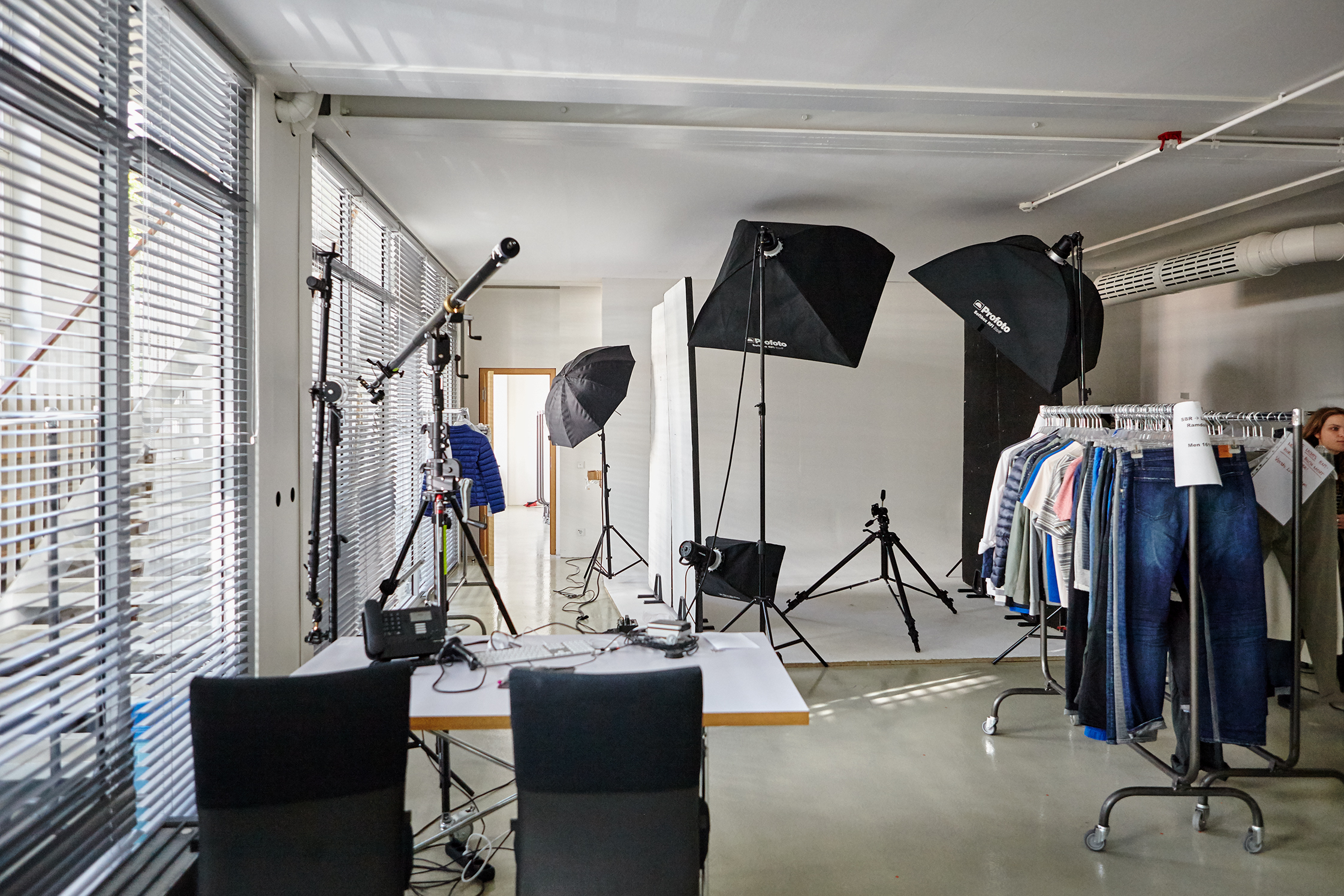
-
You all address each other with du, right? The informal German “you”?
We do. The last person I asked to switch to du was the head accountant. She’s older than me, but the formal “you,” Sie, simply didn’t feel right anymore.
-
Sounds like you’re someone who follows their gut.
Absolutely. I completely follow my gut – and my heart. Sometimes there’s a bit of head in there too. But generally, I rely almost entirely on this region. (circles his hand over his stomach)
-
So did you consciously set out to create a family-like corporate structure at Closed? Or can you not do it any other way?
Personally, I can’t do it any other way. That’s how I was raised, professionally speaking. At Costume National, 15 cousins work together. At Prada, it’s a husband and wife plus a lot of good friends in very important positions. Maybe you don’t orient yourself to that as an example, but more as evidence that it can work.
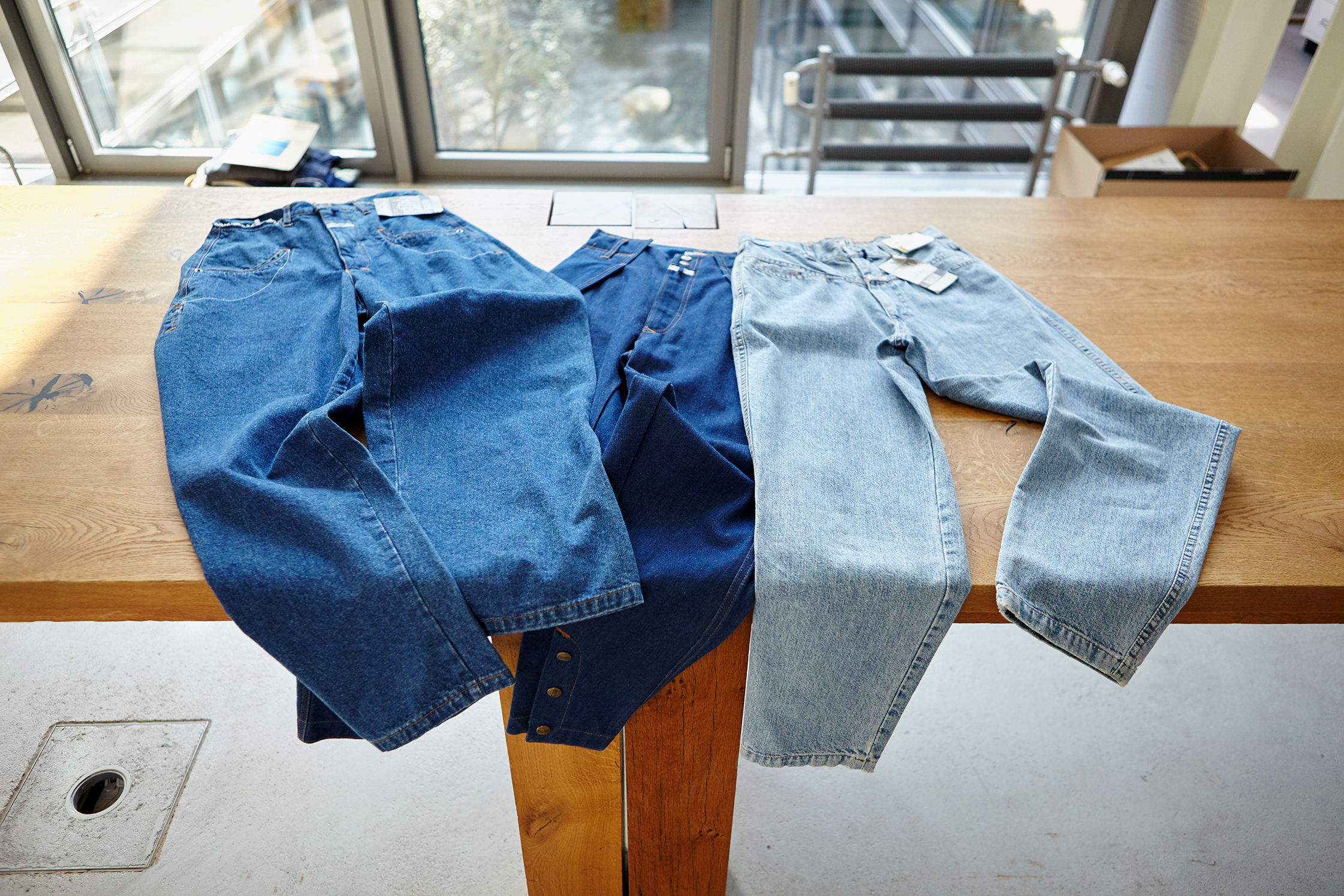
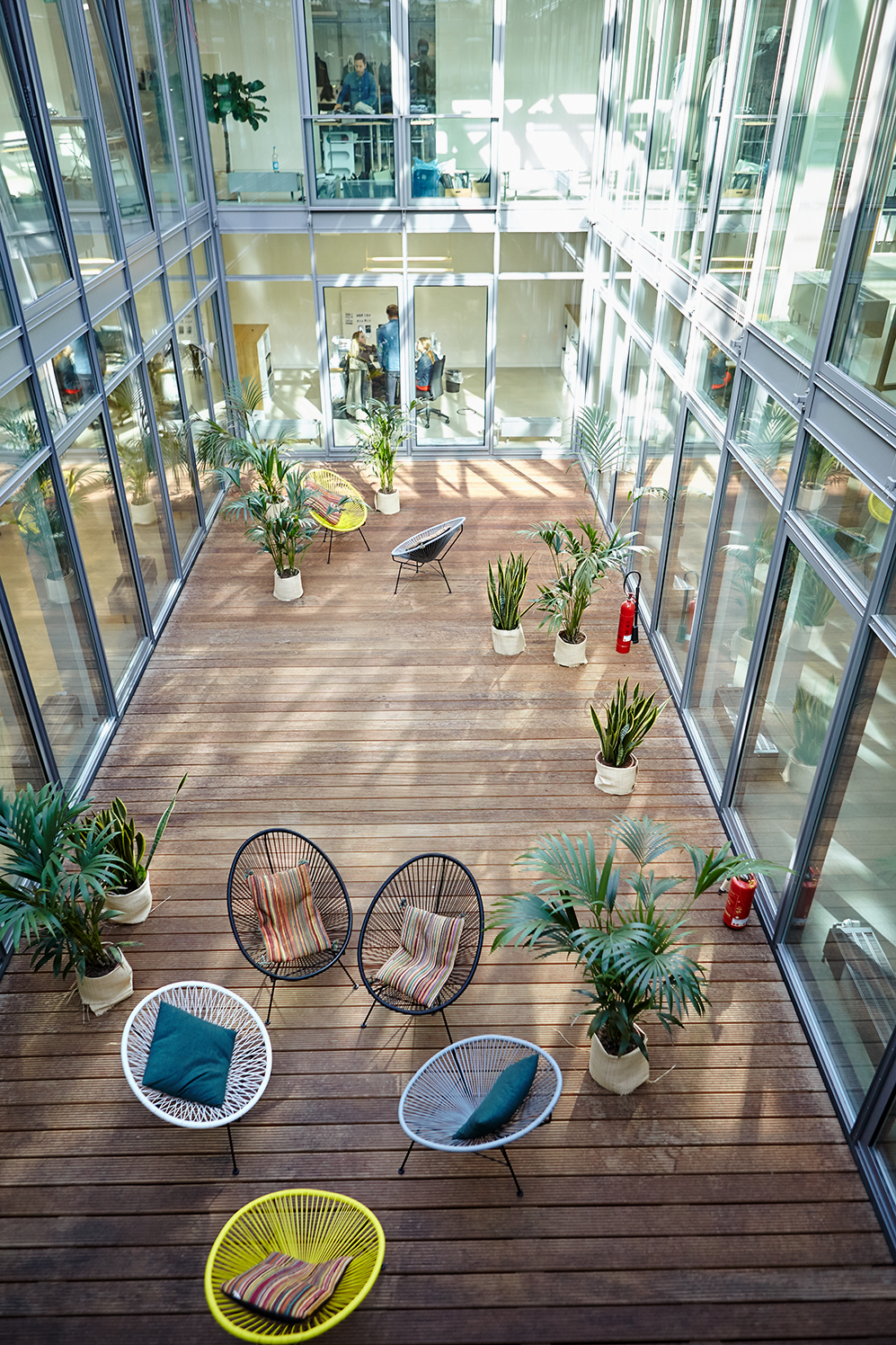
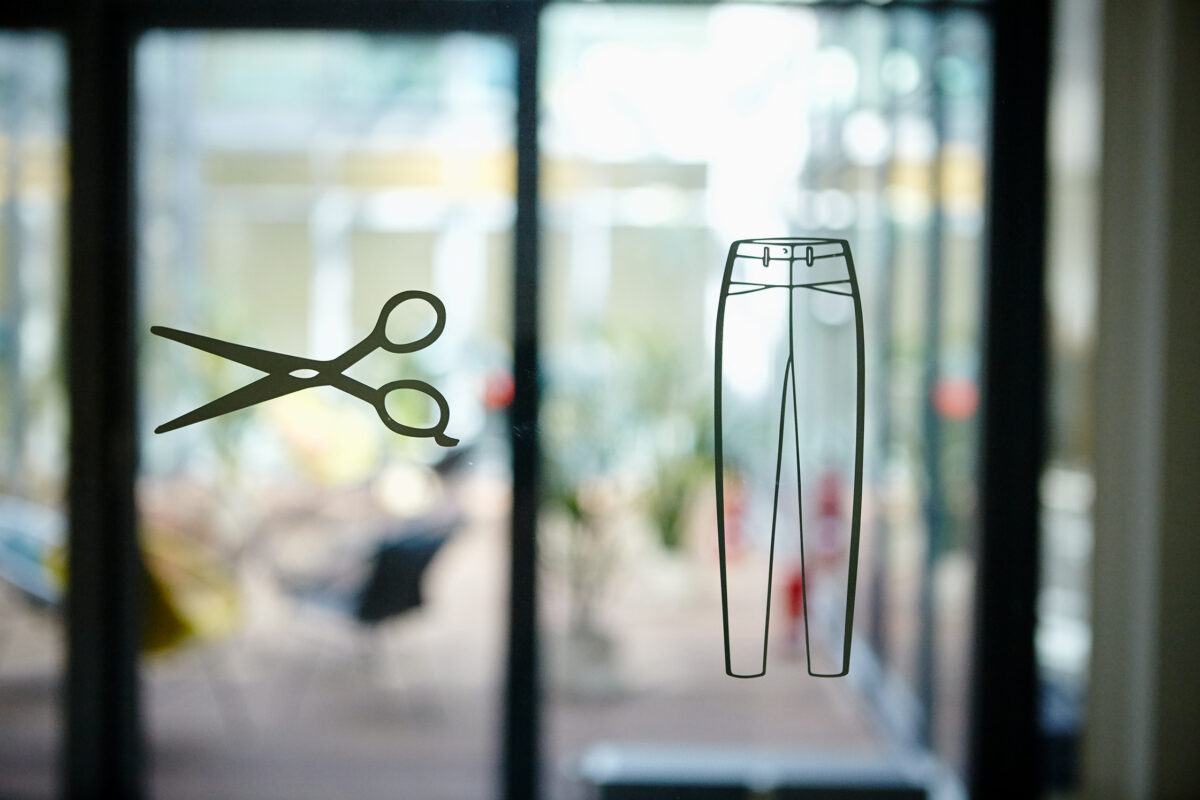
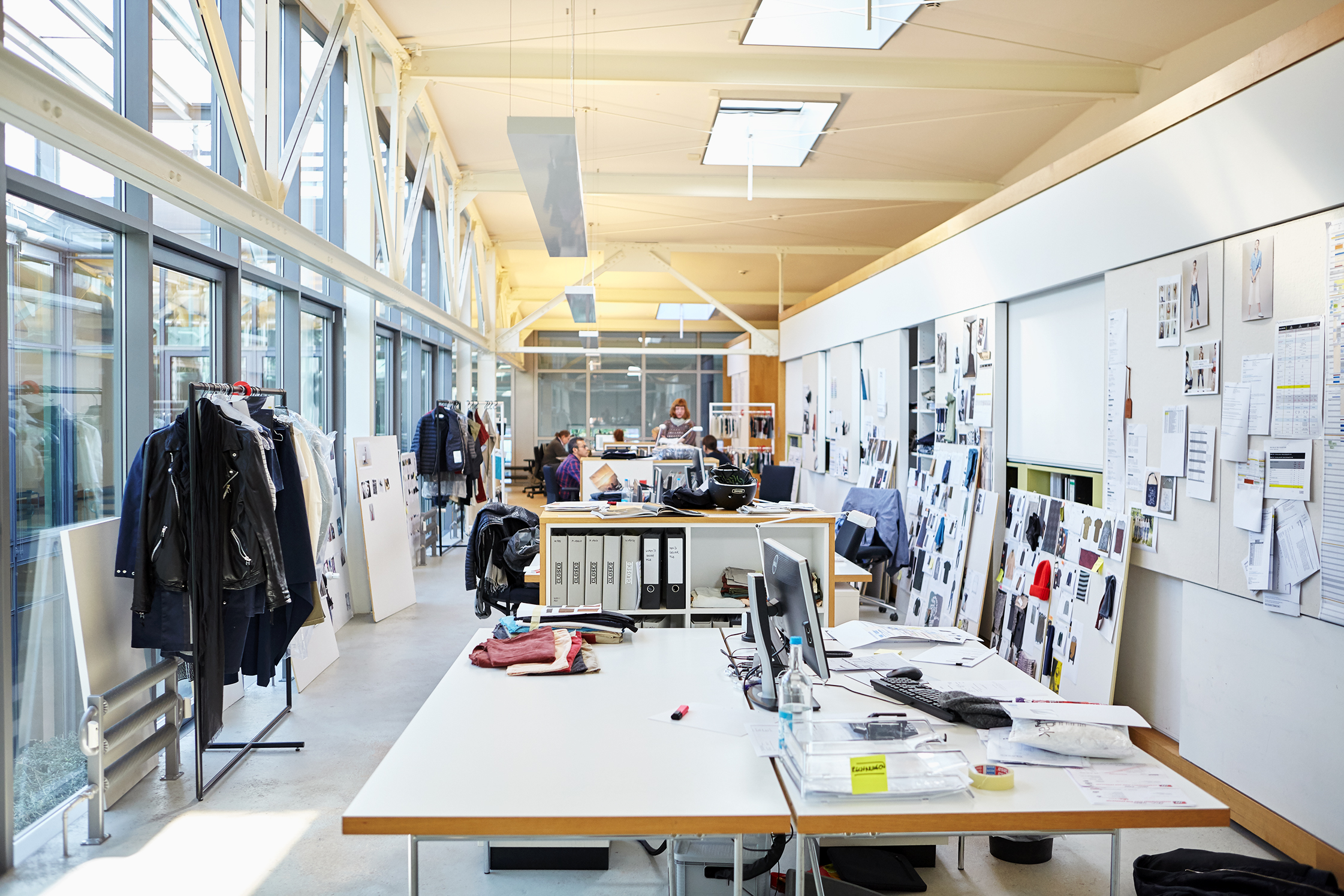
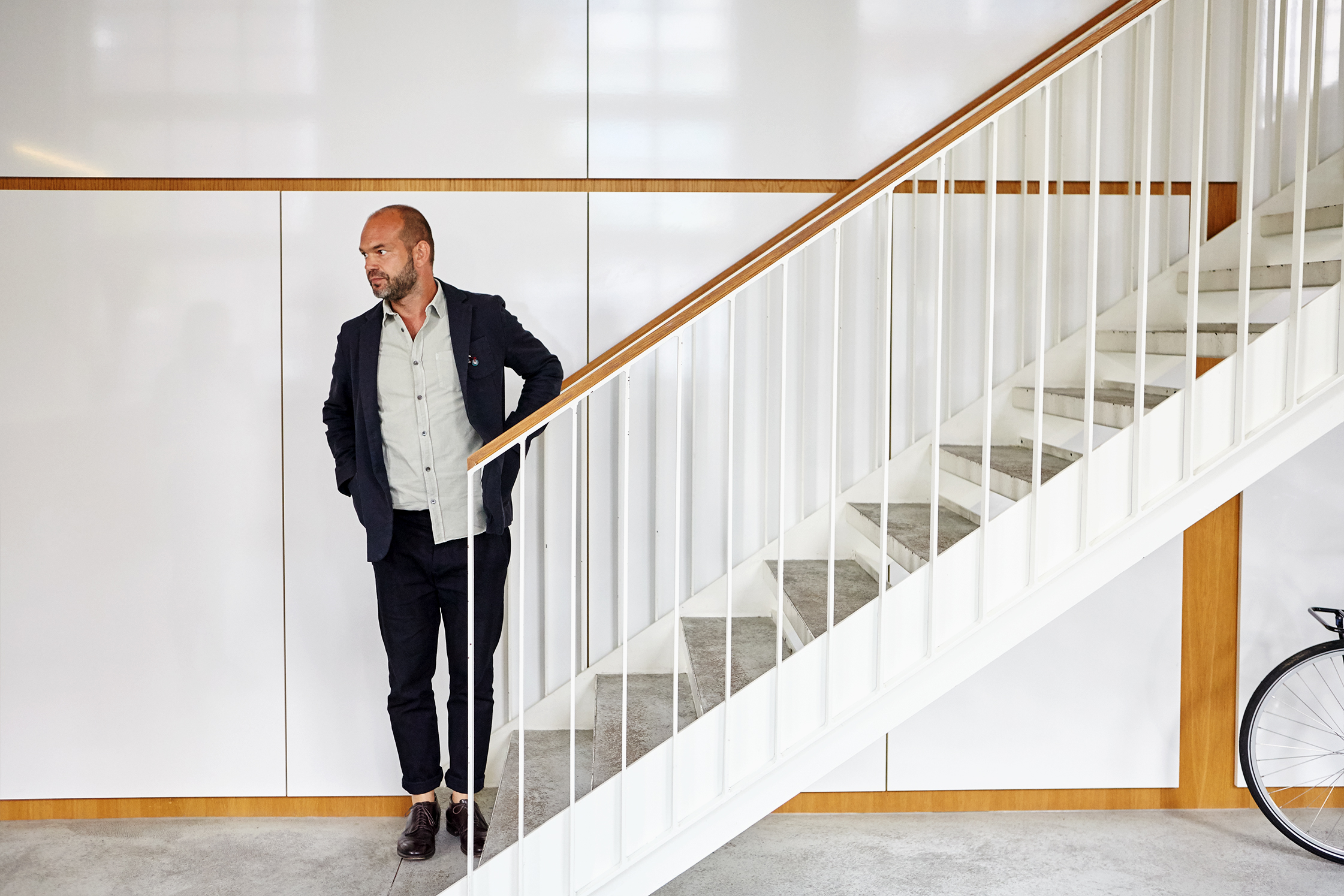
-
Who’s had the greatest influence on you?
Professionally, definitely those two previous employers. Both the Capasas at Costume National and Patrizio Bertelli at Prada. The two have a completely different approach, but both are very consistent in the way they act, something that emanates not from a strategy, but from a feeling. I learned from both employers to approach things the way that seems right to you. I always found it particularly fascinating when companies don’t have a mission statement – when you come in and just know immediately how the place works. That can happen at a small gourmet shop as well. It’s simply something cultural, an attention to detail that arises organically, which I admire.
Closed: Past and Present
-
In private life as well?
In private life, I’m fascinated by people who came up with an idea and believe in it. I find that far more admirable than being the celebrated manager of a large corporation. If you can create something that nourishes you and maybe a few other people, I find that incredibly brave and great. There are people who have the ability to truly discern what others want. Part of that is always keeping your eyes open, observing and asking yourself very simple questions in order to better penetrate things.
-
Where do you find inspiration?
Tough question. I think, above all, in other people – in watching them, but also in conversations and stories.
-
What about online – on social media, for example?
A lot less, especially in my private life. Instagram, for example, makes me crazy! People want it so badly. You can almost instantly tell whether someone has anything to say or not. I always have to think back to the good old photo album. Was there anything better than looking at old pictures with grandma? For a long time, I thought such albums were bourgeois. Now I think they’re great. Of course, I’m also a professional observer of influences in all things fashion, which have surely become different and faster through social media. But there, too, I have the feeling that at the end of the day, it’s credibility that’s most persuasive. And in that regard, it’s nice when a company’s been around for a while – and thus has a certain credibility.
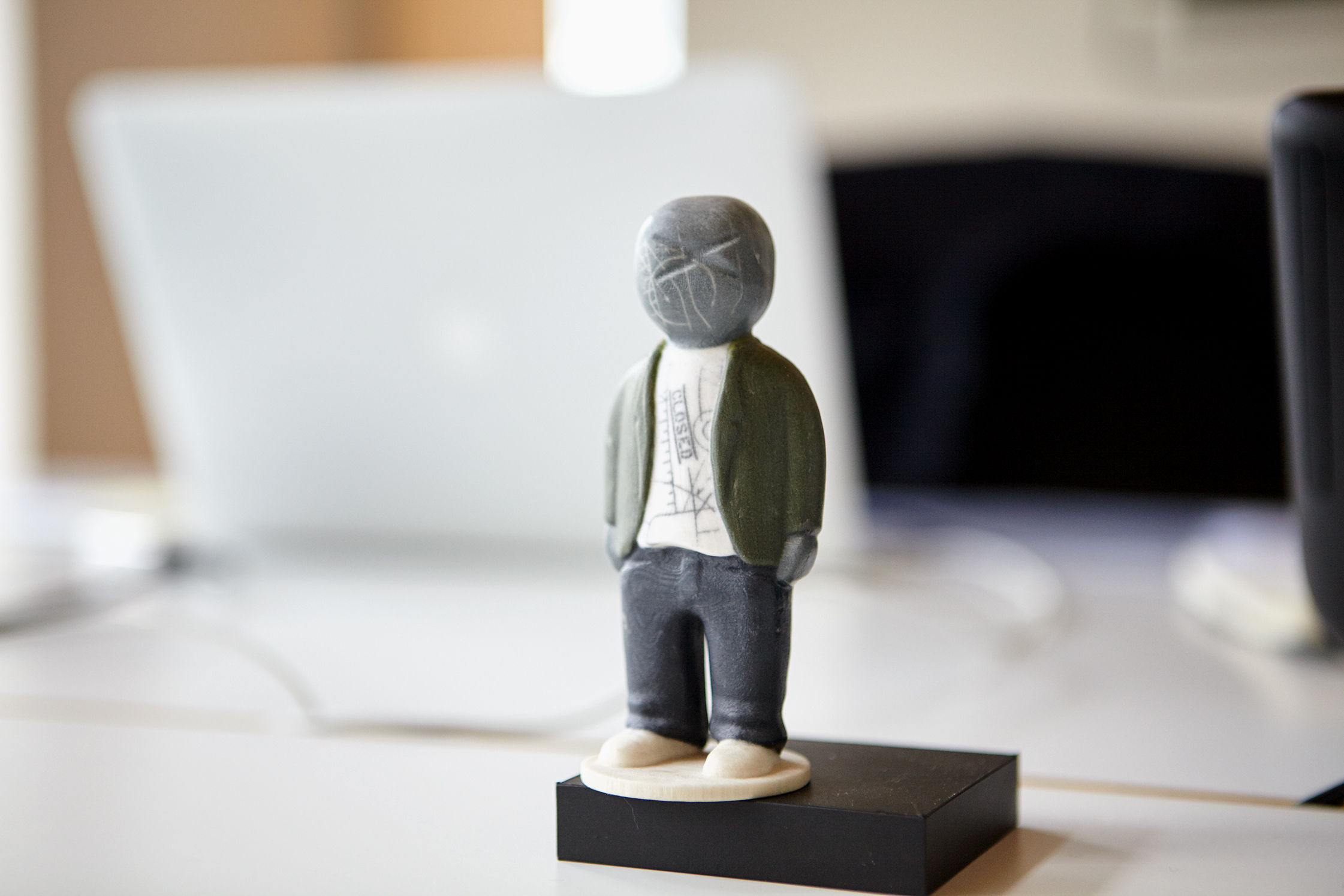


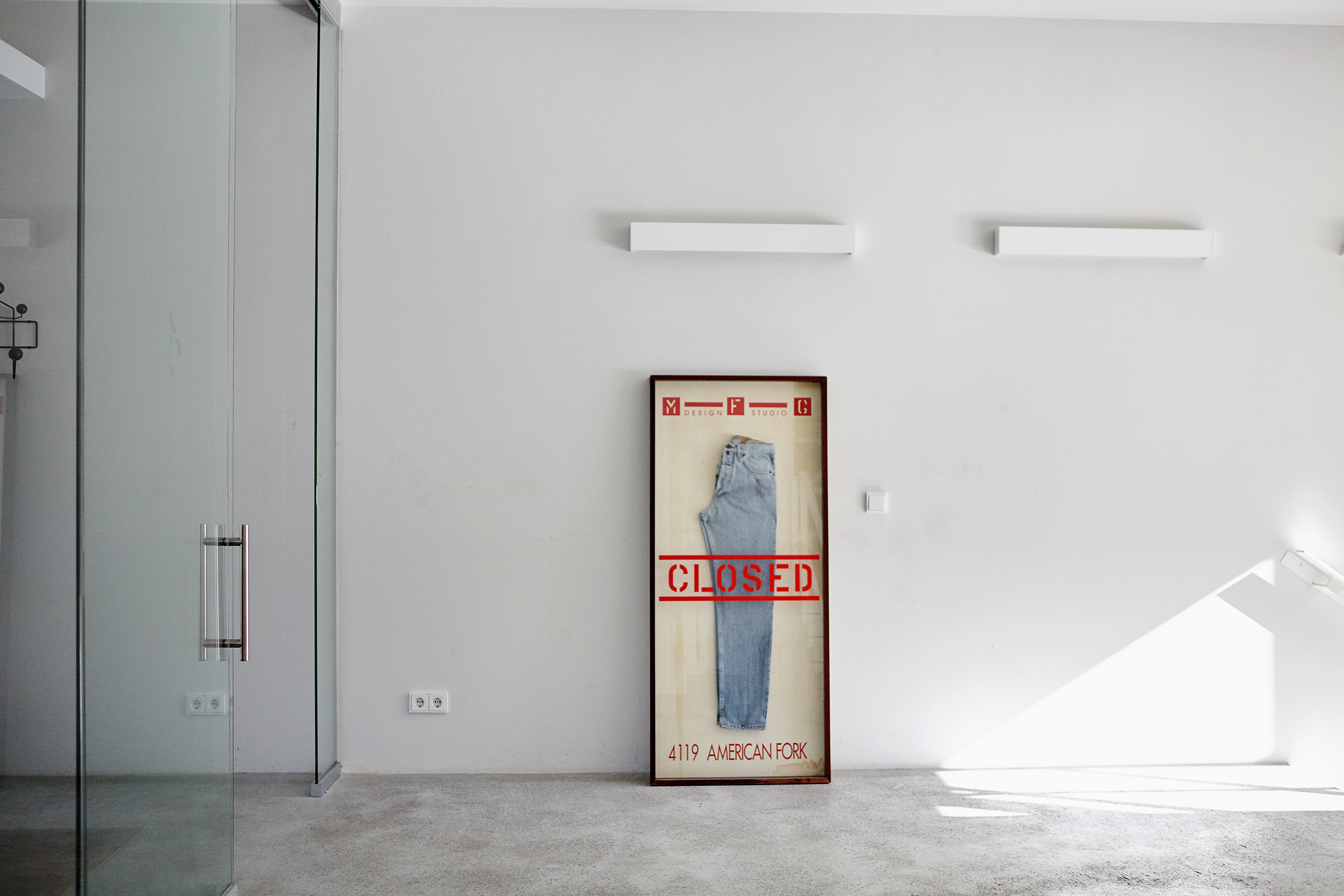
-
Is this credibility defined chiefly through denim at Closed?
Good question. Yes, I do think the credibility is especially linked to the jeans. And the jean always has its eras. First high-waisted, then a little more ’80s. This revival is treating us well, of course.
-
You got really lucky with that!
Definitely. (laughs) There’s always a bit of luck involved. On the other hand, people naturally expect our range to be exhaustive.
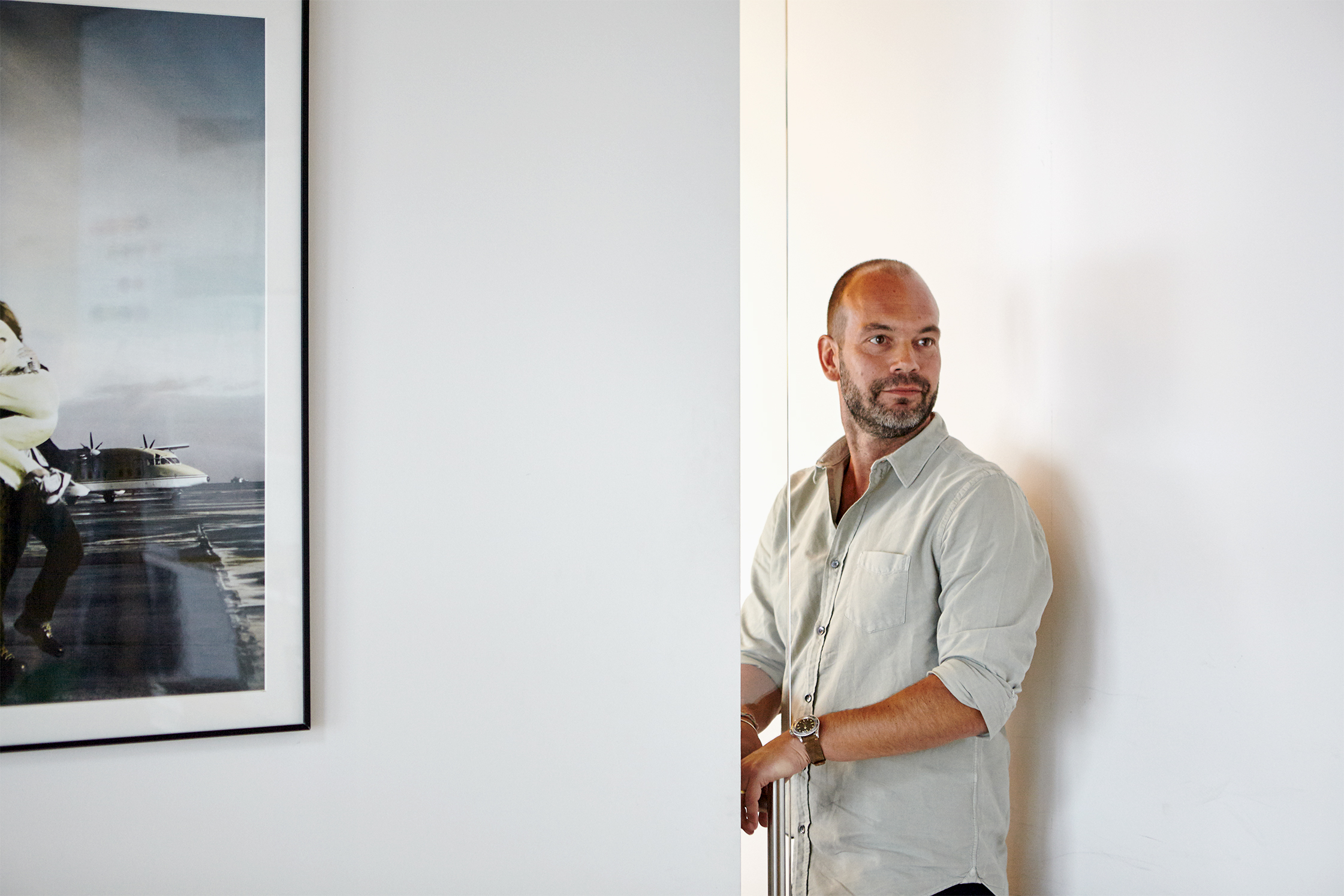
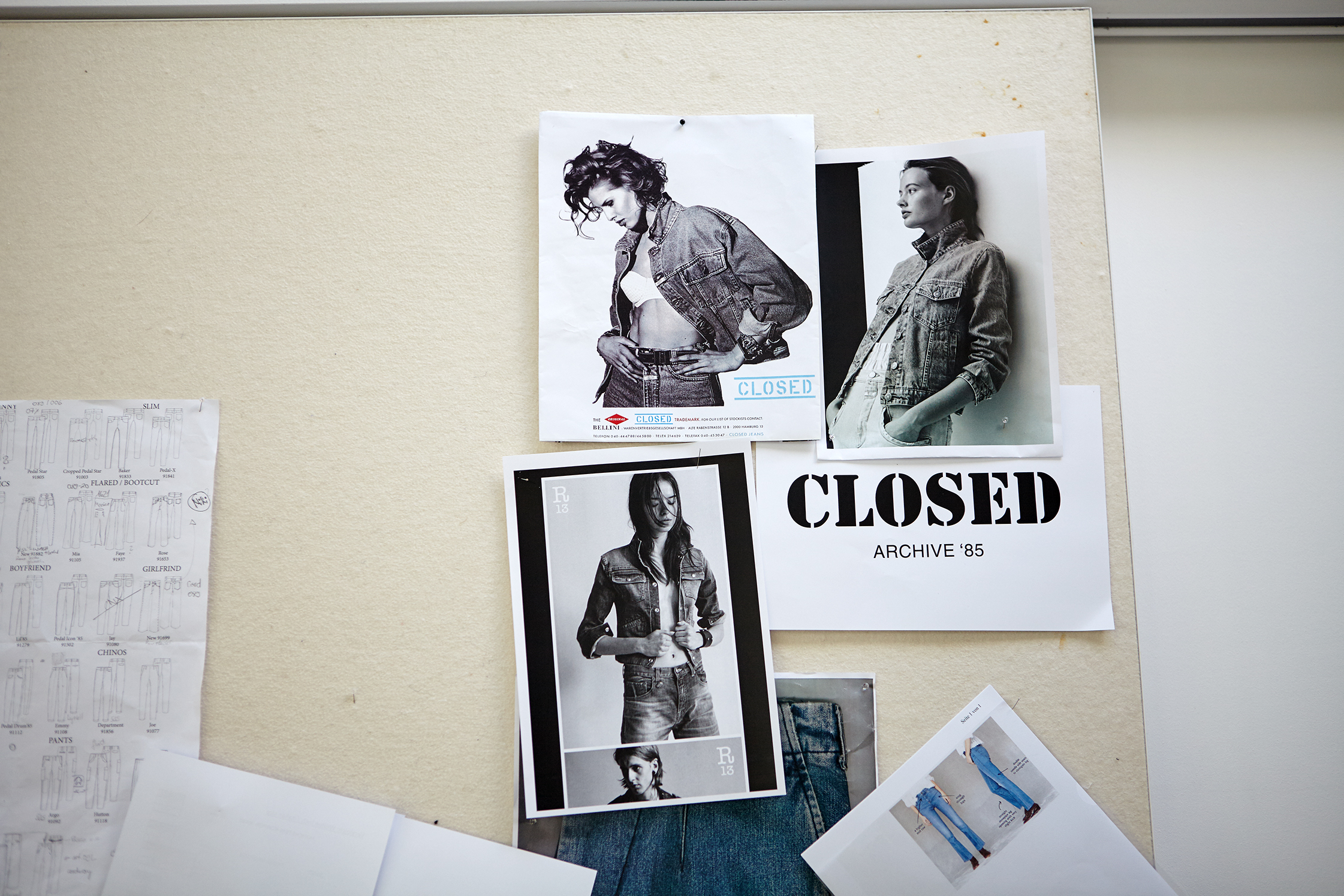
-
Do you identify one hundred percent with your brand?
Absolutely. But there’s also a kind of interplay there. One does, after all, have some personal influence on the brand. It takes on a certain personal flavor of the people responsible for it.
Many thanks, Til, for the lovely conversation and glimpse into your private and professional world.
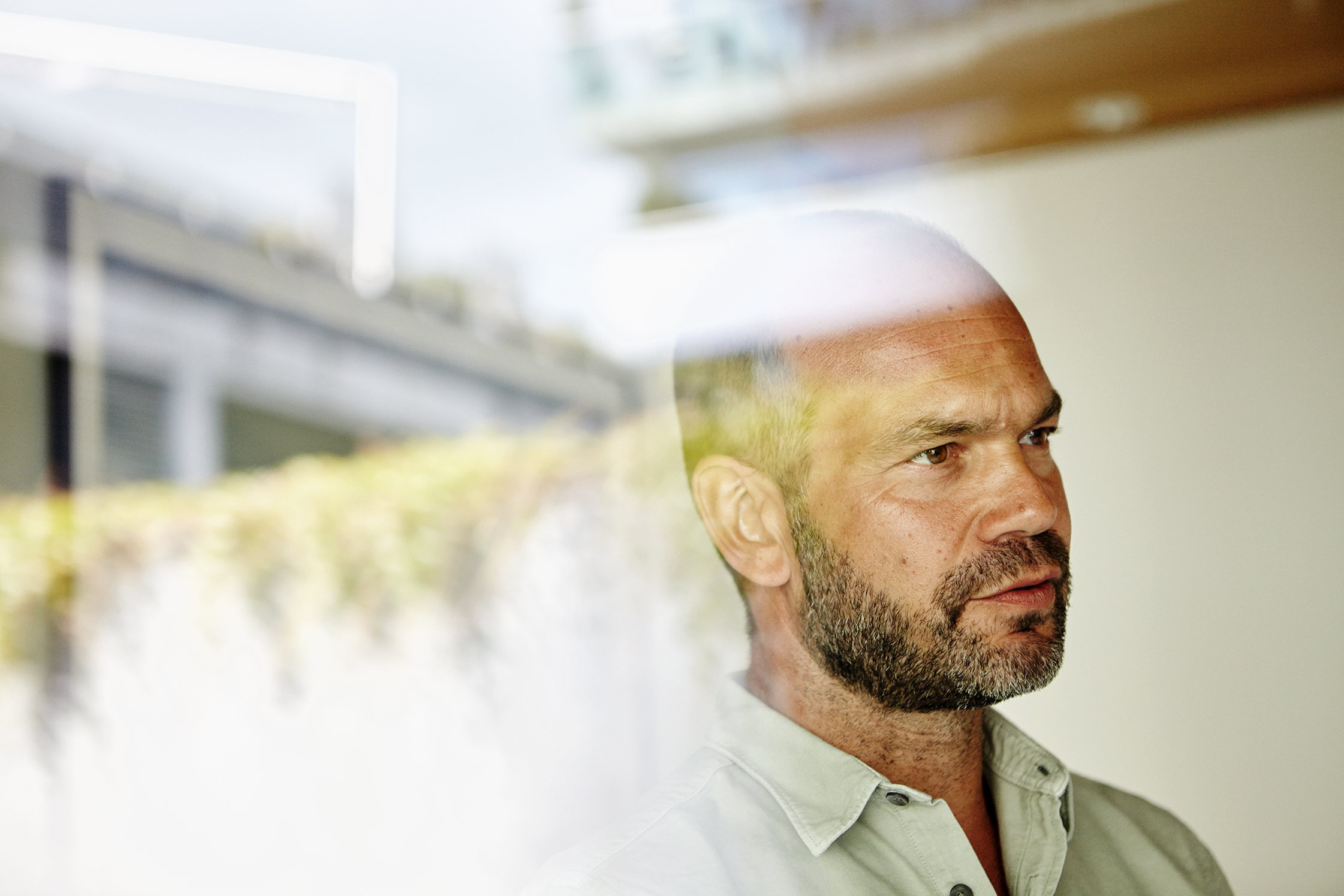
This interview is part of our collaboration with Closed, on the occasion of their Autumn/Winter 2015/16 campaign “Archive ‘85.” With this collection, Closed looks back on its history and iconic designs. FvF took this opportunity to talk with employees about creativity and their life values, producing five videos on the topics.
Interview & Text:Anna Schunck
Photography: Jens Umbach
Video: Robin Lochmann
